|
…No but seriously, didn’t I just get back from Kibale yesterday? Or wait, have I been back for a decade? What day is it? What year is it? Is this real life?? The good news is that, thanks to the Leakey and Nacey Maggioncalda Foundations, season three will start really soon, guys! In fact, if everything goes according to plan, you can expect a slew of new baby photos before the New Year… Which might be a damned good thing because I sneakily suspect that a hell mouth might open up in D.C. around the 20th of January… and in such a climate we may suddenly find that the world needs pictures of happy baby animals being adorable more than we ever have before. The last time I talked about the Time Warp (see previous blog post) I was trying to communicate with words the way it feels to move between two very different paces of living on two different continents and among two cultures that are so similar and so different that my head spins. This time there’s a different kind of warping. I’m tugged and tied between two polemical sets of feelings: the purest, deepest excited happiness at the thought of seeing the chimps again, and this quietly pervasive underlying dread of what I might discover this year. You see, I used to live in this beautiful bubble of a fairy-tell forest wonderland where all the chimps had too much to eat (see any 2015 blog post for evidence). All the moms hung out together so their chimp-kids could play together and the moms even jumped in sometimes. In 2015, my jaw hit the floor more times that I can count in utter awe of this sort of chimp Utopia that I was witnessing. It was certainly not representative of the “norm.” It didn’t fit anything that I had ever read or been told about female chimpanzee sociality. But as unrealistic as it may have been, it was real. It all really happened. I have the video to prove it! And it was impossible to walk away from. I came back a bit shattered and struggled to get all my pieces in order. Then last season, 2016, was… just so hard in so many ways. Between the sudden uptick in snare injuries and the deaths of two babies, one mamma, and a subadult female, I got a crash course in chimpanzee tragedy. And, frankly, those events were just different tips of an iceberg. For the first time ever, when I left the forest last July I wasn’t kicking and screaming or lamenting the tragedy of life outside of Kibale. In fact, I was kind of ready to go home and that was the most uncomfortable thing about leaving. Now, don’t get me wrong- I’m a filthy Nasty field woman through and through. And I always will be. But it’s important to talk about The Forest and field experiences as multidimensionally complex. As idyllic Technicolor as field life may appear from the outside, it is fully shaded in greys and thick bands of darkness too. It can be so hard to talk about it without oversimplifying, dichotomizing, or even accidently emphasizing the “better” part of the narrative at the expense of tackling the muddy ones. And, as any of you who know me might surmise, I tend to believe that the muddy bits are the most important to the story. The truth is, that I couldn’t possibly need the forest more right now. Living at Kibale and spending my days chimping is so easily my most cherished privilege- one that I work very hard to honor and earn. Since I started fieldwork, I’ve been lucky enough to consider several forests- some of the most beautiful, perfect, privileged places in the world- as my second homes and my safe spaces. Even at a Forest’s worst- crawling in snakes, infested with ants or bees or both, stuffed full of cranky elephants, pocketed with giant pits of muddy swamp, shrouded in pissing rain, when I’ve got baboons in the foyer- I am a weirdo, energized and restored by solitude and the forest. What more could a girl possibly as for? It just never occurred to me that the bottom could have fallen out like it did last year. And I know its good data, but damnit that just doesn’t adequately ease the sting of it. But then… there’s so much left to see! So many things that I haven’t seen yet- that no one else has seen before! And even beneath such lofty goals there are these chimps that I know so well that I’ve been watching since they were so tiny and now they’re getting to be so big! Even now, as I’m writing and thinking of meeting Leakey’s new little sibling, or watching Thatcher play with little Tangawizi because he’ll finally be old enough that Tongo lets her, or checking in on tiny Omukunyu to see if she’s caught up to her day-older but much larger cousin, my cheeks are tingling with the burn of this smile plastered across my face. So gosh, I guess I’m not too torn, huh? Somehow that deep warm happiness spreads across the tension of slightly fearful anticipation and snuffs it out. Maybe 15% anxious to 85% excited? The chimpanzees are playing… and I’ll be there so soon…
0 Comments
Mango is one of the original five infants of my study and, like her contemporaries, has grown-up so much since I met her! In 2013 both she and her mother, Michelle, were very shy. Michelle especially dislikes the camera and was very protective over little Mango. The pair also spent quite a lot of time on their own which added an extra level of difficulty for finding and tracking them. One of my favorite early moments following Mango was an hour-long play bout with Mango swinging across a trail in a tangle of vines. She was having so much fun and I couldn’t help but giggle through the whole hour. Until this season, Michelle and Mango were easily among the most difficult chimps for me to follow and photograph. Over the years Michelle has slowly become more and more comfortable with researchers and in her position in the group and consequently spends more time with other chimps toward the center of the community. Mango’s curiosity has grown and she’s become bolder and more playful. The thing about a pair of chimps like Michelle and Mango is that they remind me what my job means in ways that are more intrinsic than the science that I do. They teach me patience and flexibility. They teach me to track. They encourage me to work on my relationship with the forest and how to move through it. These two are the type whose trust you have to earn slowly over the days and months and years. But once you’re in its so worth it! Last year (2015) I caught Michelle in a rare jovial moment: she completely she her normal serious adult façade, dropping her bottom mouth into a play into a big open play-face before charging into a massive play bout between five juveniles. Mango wasn’t even playing at the time! Michelle just jumped right in with all the kids first and waited for her daughter to catch up! That moment was one of the happiest of my life and instantly became a bit of a metaphor that I rely on to help me remember why I do what I do when things get hard. My job can be so difficult in so many dimensions-both in the field and back in the states- and it can be so easy to fall into a hole of questioning how and why I ended up here… but remembering the day that Michelle and Mango jumped into a pile of wrestling chimp kiddos is like instant happiness and one of the easiest reminders of how to answer all of those life questions. This summer, when Michelle gave birth to Mango’s new baby brother, Mucoso, the distraction gave Mango some extra room to stretch her social legs! And that’s when I finally snapped this photos- which you may recognize from my homepage.
More to come...  I’m tempted to start semi-annual “Field Season in Review” post… but resisting. It isn’t time yet (I usually write it from the air) and that isn’t the point of this post. This post is about the crazy whirlpool of present-future-past that I find myself in this time of the season. I wrote the bits and pieces of this post over the last five weeks of my time in the field. There's just something about time that- well WARPS- when you're in the field. There's no other way to describe it. Time stretches and contracts in ways that make no sense. And even though you know a warp is headed your way, you can never really guess when it'll hit, or how hard, or in what direction. You just know its about to be a roller coaster of time. I tried not to edit them too much because I want to convey the feeling instead of trying to explain it. It might not work... it possible that I've been in the forest too long... Either way, its too late now! Here we go! Moon is an incredible little chimpanzee. When I first met him in 2013 I fell in love with his eyes- they are like bright honey-colored amber, just like his mother’s. Back then his face was light and he was so shy. Often, when I followed him all I could see were his gorgeous, sweetly curious eyes peeked out at me between stalks of vegetation. In the late spring of 2014, when he was only five years old, Moon joined a party with his older brother, but his mother, Mususu, has disappeared and was never seen again. Moon became enfuzi: an orphan. And a particularly disadvantaged one at that. He was barely weaned, was from the very Northern edge of the community, and his only surviving relative was his older brother, Max, our famously footless male chimp. Max is a great brother, but he isn’t a strong ally for a young juvenile male suddenly thrust into the an adult social world. When I first heard the sad news, I was afraid we’d lose Moon too by the time I got back to the forest, but today he’s still going strong on the fast track to becoming a Big Man. Well guys, its official. You aren’t rid of my field stories yet! Even though the 2016 season is starting to wind down (stay tuned for my upcoming blog about the time warp I’m siting in just now), I am happy to announce I will be coming back to Kibale National Park for a third season in 2017! Now that they have formally announced their grant recipients for the spring 2016 granting cycle, I am so very proud to tell you that I have received funding from the Leakey Foundation in support of my 2017 data collection season. In addition- actually, I was awarded this grant first, but those few superstitious bones in my body didn’t want to jinx the Leakey so I held my breath for a little bit- I have also received funding from the Nacey Maggioncalda Foundation for Primatological Research. The grants will support six more months* of data collection in 2017- and thank GOODNESS for that because we finally have a couple of baby boys added into the mix! I’m so thrilled to receive support from both foundations! For any readers who enjoy this blog- you should check out the Leakey Foundation Podcast: “Origin Stories.” They’ve crafted a number of succinct and well-produced podcasts to introduce you to some really interesting pieces of the human evolutionary puzzle. In particular, you should definitely check out Episode 9: Did Cooking Make Us Human? featuring KCP's very own Richard Wrangham (he's kind of a big deal). In this episode Prof. Wrangham not only explains some really interesting ideas about the critical discovery that may have helped kickstart the transition from ape-like to human-like life ways and life histories, but he also tells some really great field stories that include running around Gombe in a loincloth and even eating some raw monkey! Better listen to that Podcast and learn the details! The Leakey Foundation podcasts are very well produced and I’m really looking forward to hearing more from this group- who knows, maybe I’ll even be lucky enough to be involved some day! Kind of like my dreams of being interviewed on Radiolab or finding myself of the TED stage when I’m a very fancy senior-level tenured Professor… a girl can dream! Footnotes: *I’m tempted to say “final” here, but I hope that it isn’t truly my final season- only my final dissertation data-collection season. From next year on out, I can’t possibly hope to spend this many months per year in the field, but maybe 3 months at a time, ever summer…? Please?? Willow is another teenie-tiny that I talk about a lot. To everyone. She was born early last season and I started following her when she was about two weeks old. At that time, she was the youngest individual I had ever followed. She marked the end of the 2014-2015 baby boom and I wasn’t anticipating any additional babies to be born before the end of the study. Of course I was very wrong about that, but those babies are for another post- I can only dole out so much cuteness at a time, you know? Willow’s big brother Wallace is a KCP favorite. He’s so curious and social- he’s the one who groomed a redtail monkey last year. I couldn’t wait to see how he would interact with his little sister, whether she would be as social as he was, whether see would be sassy or sweet. As I had never observed such a young baby, I had no idea what to expect, but I could not wait to see. She was so tiny and so fluffy when we first met her- but about 80% of the fluff was concentrated around her head. Like humans, chimp babies’ heads seem far too big for their bodies for a long time. Willow had so much long hair and it shaped around her big chimp baby head like Vader’s helmet, but since it was hair and not jet-black plastic, she looked more like Chewy than Darth. Naturally, D and I instantly nicknamed her Wookie. We still call her Wookie. Willow quickly rose in my rank on my favorite chimps list. She is spunky and curious like her brother. By the time she was a few months old she was jumping off her mom and exploring the world around her at every opportunity Wilma would allow. Both Wilma and Wallace love playing with her. Wallace carries her around frequently, which isn’t abnormal for siblings to do. Quiver carries Quake all the time. Omusisa and Gola both carried Olympia. Last year, Likizo carried his little sister, Leakey. I’ve seen dozens of instances of siblings and non-mothers carrying infants around on their bellies. But, until this year, I had never seen anyone other than an infants mother carry an infant on their back- I assume because the balance is a bit more difficult for baby and carrier. Continuing their family’s record of crazy awesome sociality, Wallace turned toward his sisters as the family travelled between fruit trees, pulling her toward him and gesturing for her to climb up onto his back just like a mother typically would. She obliged, Wilma allowed it, and they continued travelling like that for a few hundred meters. Actually, Willow switched to riding dorsally much earlier than most infants. Now she rides her mom sitting up as if Wilma is a horse, even standing up like a surfer every now and then1. At about 15 months old, Willow is still one of my favorite infants to follow. I’ve watched her transition from playing with only her mom and brother to approaching other babies, other big kids, other grown-ups. She isn’t quite as fearless as Quake, but she comes close and Quake is one of her favorite play partners just like Quiver is a favorite of Wallace. I can’t tell if it’s merely Proud-Mama-Syndrome or what I’ve noticed is real (we’ll have to wait on data analysis for a conclusive answer), but she seems ahead of the curve on every social development metric: youngest to groom a non-mother, youngest to ride dorsally for the first time, youngest to insist on walking on her own… She’s just so darned cute. Footnotes: (1) Willow isn’t the only baby that stands on her mom’s back while travelling, but she most definitely does it more often than most. WARNING: This blog post contains graphic descriptions, strong language, and images that, while not graphic, some might find disturbing. The thirst for discovery is a fairly common driving force among people who do what I do. It kind of has to be, right? All of us field people must carry explorers’ hearts or else we probably wouldn’t be here. One of the things that draws me so entirely to science- or more specifically for me draws me to the study of wild primate behavior- is knowing in the back of my mind that on any given day I spend in the forest I could see something that no one in the whole world has ever seen before. Of course, as time goes on and more and more people study wild animals and observe more and more rare behaviors, my personal chances of seeing some phenomenon before anyone else can observe it decline. And, naturally, as the frequency and probability of discovering declines, the potential academic and emotional payoffs, the excitement, and the anticipation of such a discovery skyrocket. This is the short version of why I’m addicted to my job. And the adorable baby chimps don’t hurt. Luckily for me, in addition to spending time with the most adorable subjects in the land, focusing my scientific efforts on infants and juveniles pushes the odds of such a discovery in my favor. For starters, most people don’t study these guys because it’s generally considered more difficult than studying adults. Adults are big and conspicuous. Infants are tiny. Moms hide them a lot. Even from five meters I have to watch the really little ones (under 6 months old) through binoculars. Then they get big enough to jump off their moms and run around. And they don’t really stop running around all damned day-but they’re still small-ish and quiet-ish and hard to see… especially when they’re at the top of 40m-tall Ficus at the exact moment that you aren’t even looking there because their mother is right here on the ground with you like it’s no big deal that their 36 month-old is 40m up a tree right now! Point being, they can be a pain and so fewer people study infants and juveniles compared to adult primates and that means there are fewer chances for other people to see those first things before I can.The thirst for discovery is a fairly common driving force among people who do what I do. It kind of has to be, right? All of us field people must carry explorers’ hearts or else we probably wouldn’t be here. Second, infants and juveniles by their very natures are more likely to do weird things that no one has ever seen before. Just like human children, chimpanzees are extremely creative, especially when bored. They always find a way to stay occupied when mom is napping, including novel ways to use sticks and stones and unpalatable fruits and unsuspecting non-chimpanzee creatures as play things. Of course those moments and those games can easily be one-offs. If you’re not there to see the moment of invention, you might miss it all together. They might never use that thing in that way ever again. Over the course of my research so far, I’ve been lucky enough to catch a few firsts and almost firsts. On the one hand, since I start following each baby from the day that we first meet them, I see a lot of individual baby’s firsts1. Last week James and I were the first to lay eyes on Tambara, Tenkere’s newest baby. And the day before that I caught Utah’s first play bout with big brother, Unasema. I was there on the day that Willow groomed an unrelated adult for the first time (she’s showing very early signs of her brothers’ grooming habits). Last year, Thatcher carried a fallen baby L’Hoest’s monkey around and played it to death. One time she managed to sneak a black and white colobus tail away from the grown-ups and she wore it like a feather boa and spun around in circles. Another time a big group of juveniles caught a baby bird and even 16-year old Tuke took a turn playing with it... also playing it to death2. I’ve seen chimps kicking round fruits around like they were soccer balls. Juveniles building nests for their infant siblings or carrying their little sisters on their backs. Drew and I shared a huge first when we saw Wallace grooming with a redtail monkey (click here check out a short video excerpt from that encounter on KCP’s Facebook page). Each and every one of these moments is a discovery-high cemented in my memory. They each hold a sort of dual delight. First, I am completely captivated by the wonder of what is unfolding before me. Second, I feel the purest joy of knowing that I discovered it- or we discovered it, depending on the particular circumstance. It is almost as if I experience these moments from a place outside myself so I can feel both things at once. And I crave them deeply. But there are discoveries that hurt too. And, until recently, I didn’t I realize that I could still feel that wonder within so much pain. And that’s why I’ve decided to write this piece: to try and tease out the confusion of feeling both things at the same time. Olympia died on a very normal Tuesday morning. There was a large group of 30-or-so chimps feeding together in a large Ficus natalensis about a half-hour’s walk from camp. The chimps had been visiting the tree frequently over about two weeks and over this time, we researchers had carved a sort of observation zone out of the undergrowth where we could see most of the tree from one spot. That morning I knew that Outamba and Olympia were around before I even reached the tree because I could hear Olympia throwing a fit from the main trail. She was weaning earlier than most infants and wasn’t taking it very well. This sort of conflict is pretty typical, but Olympia had been lethargic and looked like she was losing weight. Everyone was already a little bit worried about her. I approached the tree and greeted the field assistants who were already there. I had followed Olympia the previous morning and decided to save her for an afternoon focal follow. Instead, I picked out her cousin, Tembo, and began collecting data. It was still damp and the chimps were too high up to film so I left my camera in its waterproof sac on top of my backpack for quick deployment when the time came. Tembo was moving around the edges of the tree and I lost him for a moment in the foliage. As I searched the tree looking for him my binoculars passed over Olympia, just as she threw herself into another tantrum. She had been riding on Outamba’s back, travelling along a large limb toward the center of the tree. Near the middle of the limb, Olympia whimpered, dismounted, and sat on the bow with her arms raised toward Outamba. Her whimpering quickly escalated into high-pitched hair-raising screams. Outamba turned, reaching for Olympia. She grasped her baby’s arm and pulled Olympia in toward her stomach. As the tantrum resolved, I dropped my binoculars to continue scanning the rest of the tree for Tembo. Then Olympia fell. We all gasped. She must have had a bad grip. With no branches or soft undergrowth to soften the fall, she hit the ground with a thwack that made my guts churn and my heart drop into my feet. And then there was silence. Everyone, chimps and humans alike, stood in the clichéd slow motion of such moments staring at the spot where Olympia hit the earth. We strained to find her through the vegetation, but we couldn’t move or blink or breathe. A few seconds later and suddenly the spell broke and everyone rushed toward the baby. Outamba and Dan and I got to the spot first and at the same time. Outamba scooped up her broken baby and Olympia screamed- I sucked in my first breath since she fell. And I had some hope. In these few seconds I had already run through every possible way that Olympia could have survived, all of the injuries she could have sustained, and the estimated odds of each outcome, plus every other instance I knew of a chimpanzee falling from a height and how that compared to this particular situation. Her chances were grim, but not impossible, last year a six-year-old, Moon, fell from even higher and suffered little more than a month-long limp. With Olympia’s scream my brain instantly sprung out of stunned stupefaction and into desperate examination, searching for evidence of her condition. I could see one of her hands wrapped around to Outamba’s back. She was grasping the hairs. Ok, fingers working. Alive. Spine unsevered. Fingers unshattered. Outamba turned and I could see Olympia’s face. Her eyes were only half open, but she was tucking her head in nuzzling her face against her mom, holding on tight. Conscious. Outamba shifted. Olympia let out another scream. Weaker this time. Lower pitch than usual. Shit. I held back onto my own breath and waited. Staring hard into Outamba and Olympia like I could spontaneously erupt super-man-like diagnostic x-ray lenses at any moment. A third scream. Even lower pitch. Finished with a gurgle. Fuck. My brain was stretched thing between clinging to logic and grasping for evidence of a miracle, but the rest of me was already dissolving into despair. The fourth scream. Weaker. Lower. Olympia’s head lolled and her face angled toward me just as her eyes rolled back under heavy eyelids. Blood on her teeth. Fuck. Fuck. Fuck. Olympia was going to die right now and there was nothing anyone could do. It was too late. There was blood in her lungs or her stomach or both. Probability of death equals one. The realization swallowed me. I didn’t know what to do. Surely infants have died this way before, but no one has ever witnessed the moment of death3. The swift violence of the fall, its resolution, the chimps’ reaction. What are we supposed to do? What are we supposed to look at or look for? Everything was silent. Everyone was still just staring, like we were all frozen. I felt like I had tunnel vision- I couldn’t see anything other than mother and baby. Everything else was out of focus. With the first pair of fat tears rolling down my cheeks, I knew that I could never remember what was happening honestly. I would never remember these minutes without the blurry filter of my heartbreak. So I did the most objective thing I could think of- I rolled tape. Breaking my fixed gaze gave me just enough space to see some things. Outamba’s other juvenile daughters, Omusisa and Gola were by her side. Peering in at their sister. Not touching, just looking. I remembered noticing their approach at the second scream. Eslom and Bono were the only other chimps I can remember seeing before I hit the record button. And I knew, even in that moment, that I only noticed Eslom because he was alpha and because I knew he was her father even though he didn’t know it. Bono was only a meter away from him. This stuck out to me because Eslom never lets him get so close- he beats up on Bono constantly. I remember thinking that everything was so silent and still- but I’m sure that’s an artifact. Four minutes had passed since Olympia hit the ground. I’m not sure if she was gone with that last scream or she died in the space between ungluing my eyes from her bloodied mouth and returning with the camera. The audio is mostly my sobs. The camera shakes the whole time and there are moments where it drifts and you can’t see their faces because I just couldn’t look at them and I was trying so hard to breathe and record and wipe my eyes and take notes and observe without looking. I knew I had to record it and that I would regret it if I didn’t capture some record of how the other group members responded and interacted with Outamba in this moment. We would want to know if and how the chimps changed their behavior in this moment, whether social rules relaxed or tightened, if they showed any signs of understanding or emotional response. My brain was short-circuiting but my camera could roll. We discovered that the other chimpanzees responded to Olympia’s death with curiosity and feverish social bonding among immediate family. Outamba held onto Olympia’s body. She moved across the base of the tree and then paused. Every chimp in the party had moved down toward them. Outamba’s adult daughter, Tenkere approached, her gaze shifting from mother to little sisters and back to mother. Meanwhile, Tembo peered into Olympia’s face. Outamba tolerated this from her grandson, but when an unrelated young female, Azania, approached, Outamba barked and waved her arm menacingly. Azania flinched and moved away. Then all of the O’s, including Outamba’s adult son, Tacugama, moved with Olympia’s body into dense vegetation nearby. They spent the next few hours huddled together grooming each other, with an almost violent dedication. Tacugama lip-smacked furiously while he pushed and pulled Outamba every which way, inspecting every inch of her body. Tenkere and Tembo sat within a meter of her, taking turns grooming each other and looking toward Outamba every few minutes. Meanwhile Omusisa and Gola groomed with Olympia’s body between them. Periodically, they turned their attention toward Olympia as if they had only just realized she was there. Then one of them would groom her lifeless body, flipping it and stretching limbs as necessary to pick at all the most difficult spots. At some points both sisters would groom Olympia like nothing was out of the ordinary. Then Gola would pull roughly on an arm or leg and Omusisa would interrupt by switching from grooming Olympia to grooming Gola. Despite the heartbreaking grief that I felt at losing Olympia, me tears began to dry as I engrossed myself in watching the sister’s treatment of her body. Then the pattern changed. Instead of just grooming Olympia, Gola would try to tickle her chin or would playfully pick her up or mock-bite her fingers or use some other behavior that is generally considered an invitation to play. And then I would lose it all over again, wiping free-flowing tears from my face as I filmed. I sat with them, watching, for hours. Crying at odd intervals as they shifted in their attitudes toward Olympia’s carcass. I was in awe of Gola’s treatment of her sister’s body. Did she know that her sister was dead? Was she sad? Does she even comprehend what death is? Omusisa reacted differently. While she groomed Olympia side-by-side with Gola, she never tried to play with or carry her. When she did groom, Omusisa’s eyes darted back and forth between her sisters, but mostly she looked at Gola while she combed her fingers through Olympia’s hair. Gola’s eyes stayed fixed on Olympia. I saw something similar last year when Umbrella joined the group carrying her dead newborn, Ukraine. She let Big Brown approach and he groomed the dead baby with dedication but his eyes often wandered up to Umbrella instead focusing on the infant he groomed. It’s hard to describe the ways that wonder and intellectual curiosity pull back from the weight of the pain in this instance. I’m not sure how to be honest about it without sounding completely callous to non-scientist or compromised to those that do what I do. Here’s this animal that I’ve watched and worried over for months and months. She fell from a tree and died four minutes later in the arms of her mother and in front of my eyes from the internal injuries that she sustained in the fall. That is what happened. And it sucked. More than anything, I hope that it never happens again anywhere ever. But before that day, no one knew how chimps reacted, in the moment4, to the sudden, seemingly random and traumatic death of an infant in the community. And now we saw it. We were there. My camera saw it. We can start to answer that question now, even if it’s only a case study. I’m struggling to adequately convey the duality of this moment. It’s like I have two memories of what happened. One version contains the gut-punching grief and shock and trauma and the tenderness of watching Gola and Omusisa. The other holds captivation. It’s the wonder of discovery nested in the pain of losing a living thing that I treasure so much. Since she died I’ve been searching for the right metaphor or simile or parable or something to explain and understand what it’s like. The closet thing I can think of is a cross between watching your pet and watching a very close friend be hit by a truck from just far enough away that you’re helpless to stop it. You might think I’m being dramatic- but that’s what it was like for me. You may think that it clouds or biases my science- and you’re probably right about that. However, I like to think that I’m a good enough scientist to know it and acknowledge that I have to analyze data from that day very carefully. Which is how I know that I made the right decision by taping it so that some other person can quantify it and confirm my observations. Sometimes discoveries are the best moments of your life. Other times they’re among the worst. I suppose eventually you’re bound to have a bit of both. That can’t stop you though. Well, it won’t stop me. My explorer’s heart beats on, propelling me forward, still thirsty for discovery. And so, even though that same heart has picked up a habit of thumping wildly against my ribcage every time an infant stumbles on a high branch, I’m off to the forest, searching for the next one. Hoping that it will be so much better than the last. Footnotes: (1) A point of clarification on “firsts:” my use of that term exclusively refers to the first times that we observe a behavior or phenomenon. No one is with the chimps 24/7 so we have no way of knowing whether those first observations are the first time something happened or just the first time we saw it. For instance, it is entirely possible that Utah’s first play bout happened before the one I saw and no one was there to see it. But that doesn’t make it any less wonderful to witness!!! (2) While I’m not a fan of the deadly circumstances of several of these interactions, it is important to note all of these play encounters were with animals that were already dead or doomed to death before chimps came across them. (3) Death-by-falling has happened at Kanyawara before. Although we enjoy an extremely low infant mortality rate among the Kanyawara chimps compared to other sites, this death-by-fall is the second reported case here in the last ten or so years. In the first case, a mother joined the party carrying her dead infant who had been observed alive and healthy the day before. The infants’ head and face showed bruising injuries characteristic of falling from a height and landing top-down. When the mother left the body, the vet team to collected it confirmed falling as cause of death after examining the injuries post-mortem. The difference is that no humans witnessed the first falling death- no one here has ever seen a baby die with their own eyes. (4) As previously mentioned, we have seen other interactions between living chimpanzees and recently deceased infants. What we hadn’t witnessed at Kanyawara, until now, how chimps respond at the moment of an infant’s death. All of my friends know Thatcher, she has been my absolute favorite chimp since I started working here in 2013. I don’t remember the single moment when I decided that she was my favorite, but I can tell you that I have never been bored for a moment of following her. Over the years I’ve watched this little one grow from a tiny toddler to a tiny lady. When we first met she was an adorable little nudge, jumping up and down on her mom and big sister, Tsunami, anytime they stopped paying attention to her (click here for a short video of that sort of silliness). That first summer, she played a game of chicken with us, tumbling toward just to turn on her heel and flee toward her mom._ Until last month, Thatcher was the youngest sibling in a long-line of Tongo’s progeny, including everyone’s favorite, Lanjo. Now that we have tiny Tangawizi, it’s finally Thatcher’s turn to be a big sister. One of the things that makes Thatcher so delightful is her intense curiosity. Last year she gave me a terrible fright- she followed her belly to the far end of the party and it took me 20 minutes of frantic searching to find her. I was certain she was gone forever. Tongo, on the other hand, wasn't remotely bothered that her three-year old was so far off. She was no help. This year, Thatcher is continually increasing her social independence from Tongo. She's quick to approach other group members, inspecting and grooming or playing with everyone she meets. She seems particularly interested in the new babies that have joined the group over the last few months- I hope to capture a good image of her curiously peering into the arms of one of the newer mothers before the babies get too old. But for now, I give you the best portraits that I've managed to capture so far. I hope you enjoy her as much as I do!
We play a game among researchers here that helps us keep a grip on non-field reality. Its called “Weird, or Not Weird?” I had a joke here and a side-story about the blind leading the blind, but I am only 85% certain that it isn’t offensive, so I’m going to err on the side of leaving it out. Lets just say that I feel totally confident in concluding that a bunch of already atypical academic hikers who spend months at a time in a forest following animals around like paparazzi for fun are perfectly adequate referees to judge strange human behavior. And if you want to argue me on that point- me and blind people leading other blind people are ready for you. This is how the game works: First, one of us does something, feels something, or reacts in some way that is questionably normal. Let me give you a for instance: I realized that I now sleep through elephant trumpeting and splintering trees between gunshots and people screaming in the middle of the night. Yep, I sleep right through all that malarkey like a baby. Honestly at this point, I’ve been doing this long enough that I’m just thankful for not losing any precious minutes of dream-time…but then I wonder, is that weird? Or not weird? …Does “unsettling in so many ways” count as weird? Ok, yeah. That might be weird. Step two: put it to the panel. “Dear Friends, Is [insert thought, feeling, observation, thing I did, etc. here] normal? Are you guys the same? Or am I totally off the grid?” Step three: judgment. As it turns out, 3 out of 3 other people at camp have slept through several of the nights that elephant shenanigans have woken me up… Once Margaret woke up when there was an elephant right at her window, but it was at her window, which is like 15 feet from her bed so the elephant was pretty much breathing and chewing in her ear. But mostly, everyone sleeps through it. So… No, I am not weird. Step 4: escalation. So I know that it doesn’t sound like the most fun yet, but what makes this whole process a game is the escalation. It is light-hearted and the situations are generally hilarious from start to finish. But the conversation very quickly shifts from “sharing is caring” into one-ups, some of which are absolutely hyperbolic and others oh so upsettingly not even exaggerated. It occurred to me recently that I have no idea what I would think if I came upon the dinner conversation as an outsider. It can go a little something like this: Researcher1: I dropped my apple in the forest and ate it anyway. Weird or not weird? Researcher2: Had you taken a bite yet? Researcher1: [Looking a bit sheepish]…yes. Researcher2: Did you even rinse it? Researcher1: [Shakes head] …but it’s not like it fell in chimp poo or something. Researcher3: Oh come on, everyone’s done that. Researcher2: Truth. Ok, so not weird. When I’m alone, I talk to the chimps like they’re people. Weird or not weird? Researcher3: Is it weirder to talk to redtail monkeys? Researcher1: When I’m not alone, and there are people right there, I still talk to the chimps like they’re people… Researcher3: That’s probably a little bit weird. Researcher2: I hide from every other mzungu (western person) in the forest. Researcher1: Doesn’t everyone do that? [Researchers nod.] Researcher3: Today the chimps passed by the redtails and the monkeys got super quiet and hid…and so I also hid and watched the chimps pass from behind a tree. Researcher2: Suddenly I resent peeing inside. Except when its raining, then I get mad that I have to go outside to pee… And I somehow do not find it all disturbing to come home from work everyday basically covered in chimpanzee pee. Every. Day. Weird or not weird? Researcher1: A male chimpanzee made eye contact while he put his fingers… well, lets just say while he- he just really should have been focusing on the other chimpanzee instead of me while he did that. Weird or not weird? [Pause in the conversation. Then a burst of laughter.] Researchers 2 and 3: [In unison] Weird!! [Researchers continue eating dinner.] Researcher3: [To Researcher1] Did you just make happy food grunts over the cucumber salad? Researcher1: Yes. And its totally not weird. For sure. Everybody food grunts. Even normal non-field people. Researcher2: Definitely not weird. But what about this: I didn’t know which was more dangerous, rodent shit or getting unboiled tap water in my dinner…but it was the last plate to I flicked the rodent shit off of it, wiped it with a napkin, and went on as usual. Weird or not weird? It was the last plate…I’m going to take a Cipro just in case… Researcher3: Earlier there was a big fat mouse licking a spoon in the kitchen and I was just so glad that it wasn’t a rat that I didn’t do anything. I just let it happen. It was a really cute mouse. Like Gus cute. Researcher1: Feivel cute? Researcher3: The Great Mouse Detective cute. Researcher2: That’s just sounds adorable. Not weird! Researcher1: So…I had that one chimp that I can never get hours on and they were headed into the swamp- basically into an elephant’s bed- I could hear and smell the elephants and there was fresh mud all over the trees. At the edge of the swamp I stopped and I thought about abandoning the chimp… and then followed her anyway…straight toward the elephants. Weird or not weird? We regard each other silently. We know that we’ve probably all done it- but none of us is ever sure whether the others are joking, or exaggerating, or confessing a bold and stupid truth. Either way, we can all be sure that it’s weird. Regardless of how safe* it is, we’ve become so used to elephants sitting right beneath our study subjects that we grit our teeth and bare it instead of fleeing like our guts tell us to. That is most definitely 100% weird. Footnote: *This season chimpanzee field assistants and/or graduate researchers have detected elephants within 25m on 30-40% of days that we follow chimpanzees. I stopped counting nights that elephants have been in the yard, but I would estimate that they visit us upwards of 40% of nights. Given that frequency, we have accidently found ourselves within charging distance of an elephant less than 10 times and have been charged- collectively as a team of 9 chimpanzee researchers- 3 times this season. None of these charges, or those experienced in previous field seasons has resulted in injury either directly from contact with an elephant or indirectly from tripping, falling, running into things, etc. to flee from an elephant. This is not to say that elephants should be regarded without extreme caution. And, as you know from previous posts or listening to my elephant stories, I greatly respect and rationally fear elephant encounters. Rather, the point is to let you, dear reader, know that when I take a deep breath and step into the swamp, swallowing that rising knot in my throat in spite of a suddenly dessert-dry mouth, I am afraid and there might be a risk- but the numbers support that it isn’t nearly as dangerous (or, sadly, as badass) as you might think. It is a highly calculated risk erring very heavily on the side of not dying. What makes it so weird, is that I never thought in a million years that I would ever be comfortable taking this calculated risk.
Quiver is turning 8 this year- he’s at the edge of puberty and boy can you tell. He’s lanky- his legs are so long and when he stands he’s taller than everyone. Wallace and Quiver were born in the same month but Quiver is heaps bigger. And rougher. He’s always the one who starts the fight. Every time. He’s the chimp you have to keep you eye on because a branch might come flying your way if you turn your back. But he’s also so gentle with his little sister. Sometimes he carries her away from the other kids clinging to his belly so can play with Quake all to himself. He dotes on her, grooming her often and always keeping a close watch while she tangles herself up wrestling much older and much larger partners. Quake, Quiver’s tiny sister is 18 months old. She’s going through a fearless phase. When the big boys display, Quake puffs up too, all piloerect like she’s one of the guys. She stomps up and down the nearest tree branches, grunting and hooting in a low raspy baby-voice. Recently I watched her wriggle out of her mother’s hands and head straight for the big boys. First she tumbled toward Tuber, a young adult male who is one of our fiercest hunters. She jumped at him and wrestled his hands for a quick jaunt before spinning away toward Lanjo and Eslom as they groomed. Eslom continued picking through his beta’s hair while Quake seized Lanjo’s hands and wrestled them to the ground. The Alpha’s concentration only broke when Quake fiercely tackled his hands as well, sinking her tiny teeth into his fingers and throwing her whole weight into his palms. His only defense was a swift counter-belly-tickle, which disarmed her immediately. Surrounded by adult males, she submitted completely, panting loud gasps of laughter through The Alpha’s tickle attack. Quinto, their mother, is one of the most difficult females to follow and to photograph. She’s one of the few chimps that is still very camera shy. When I follow her, I pretend that I’m not looking at her and watch her from the corner of my eye. Then I take photographs of things that are near her, maybe another chimp that’s a few meters to her left or a tree or sometimes I just snap into space. Then I slowly pivot the camera toward Quinto until she’s in the frame. I’ve also noticed that her nerves seem to be tied to the act of me removing the camera from my bag. So another tactic I use is to wait until she’s too engrossed in grooming or playing or feeding to notice me taking out my camera. That’s how I captured this portrait- Quinto had just popped her head up from feeding on honey.
|
Kris SabbiThis blog is a forum share my personal experiences as a field researcher and traveler. Categories
All
Blog Archives
June 2022
By Category
All
|
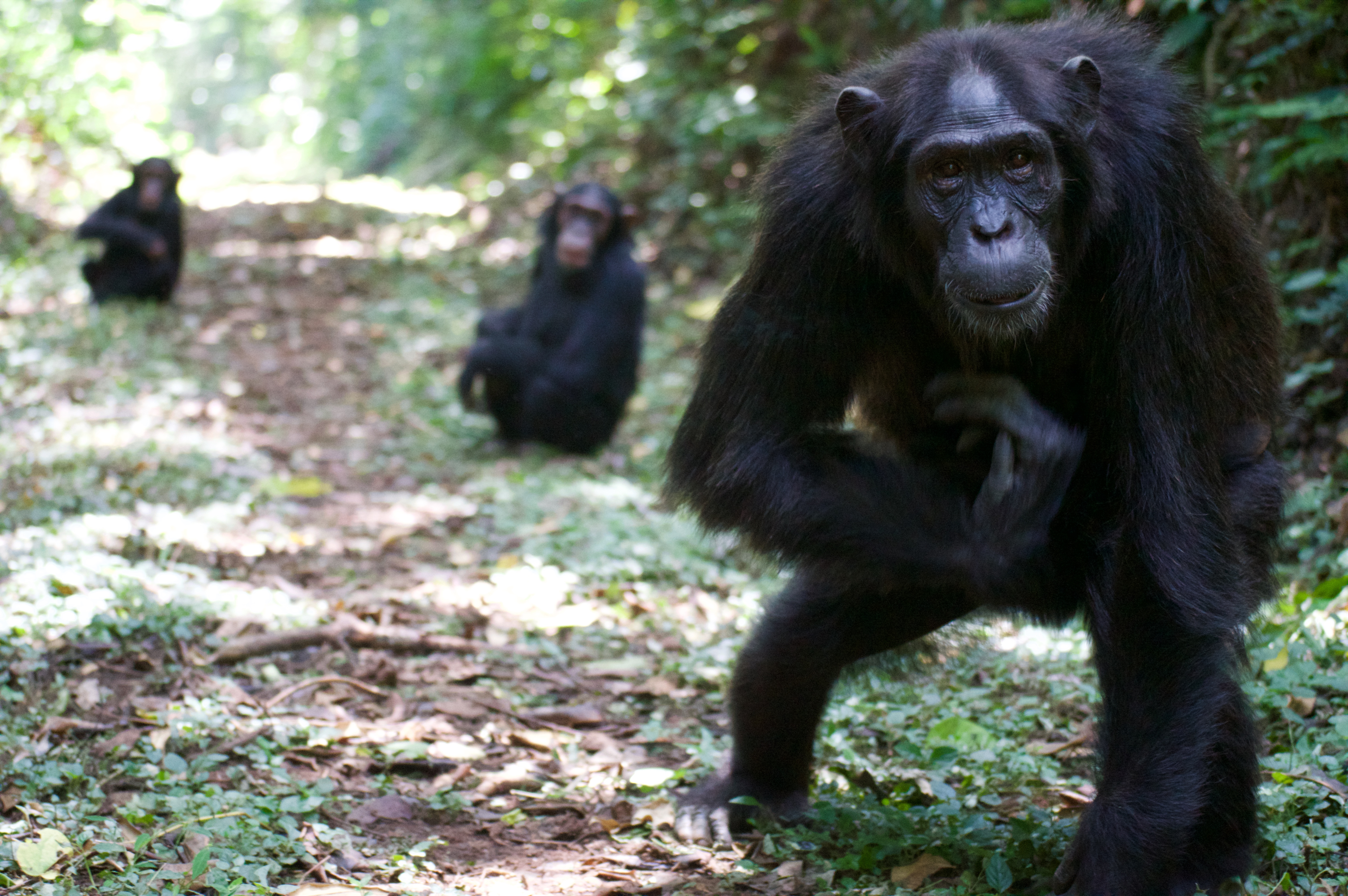
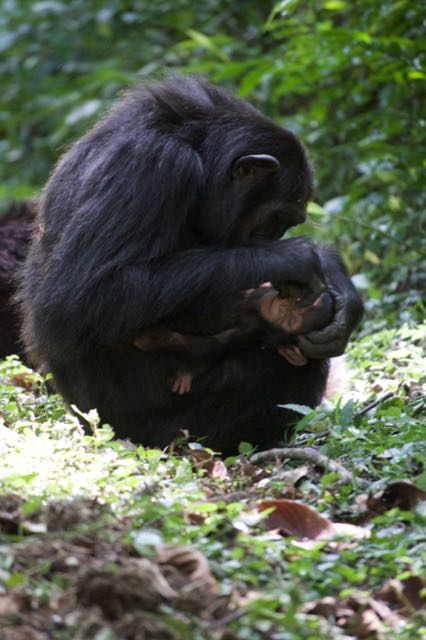
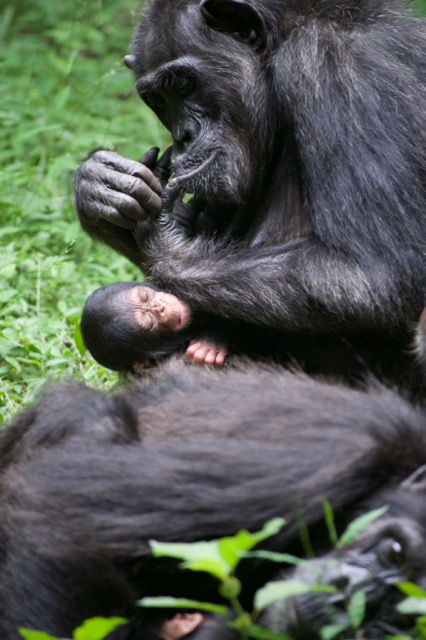
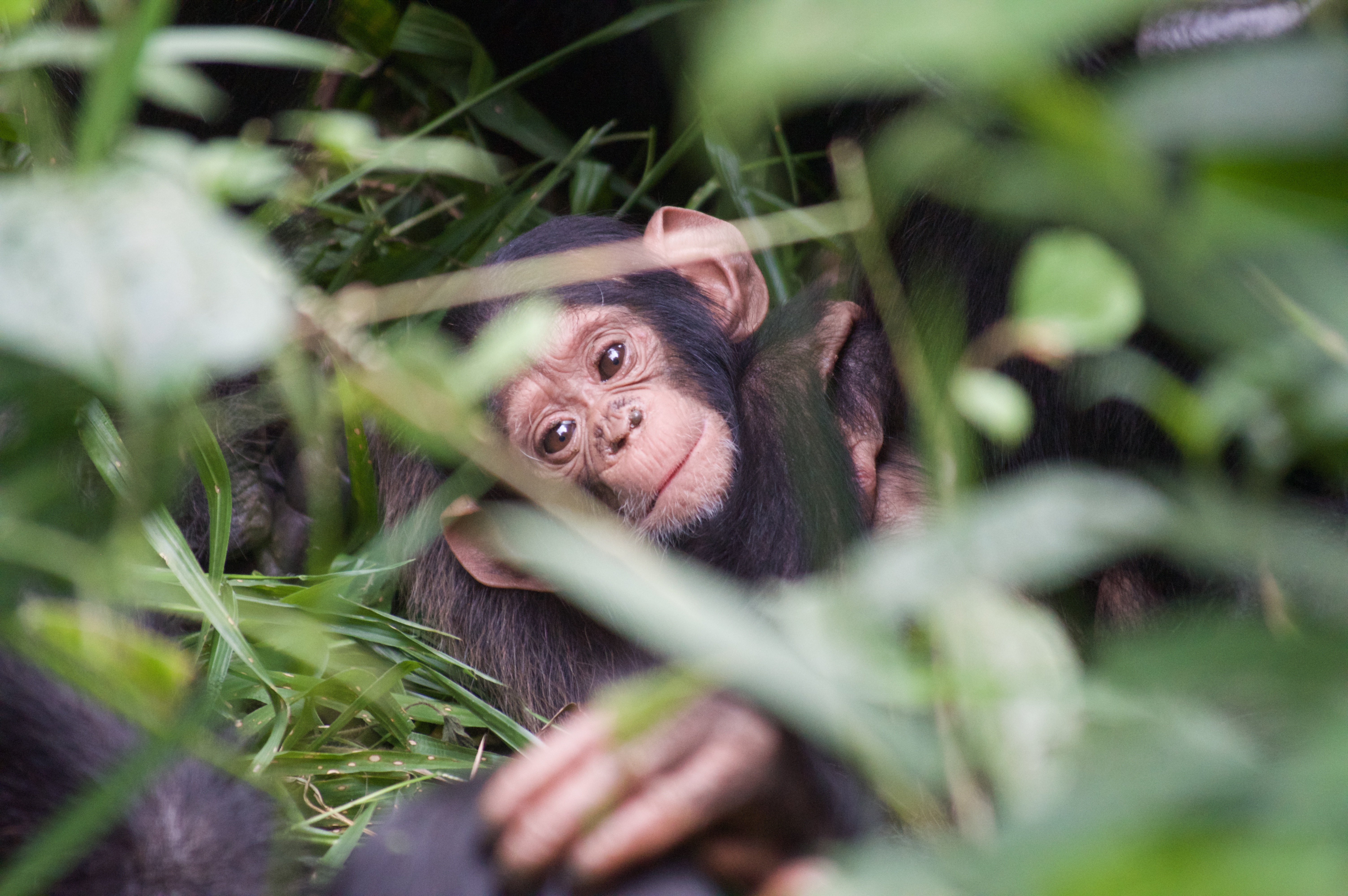
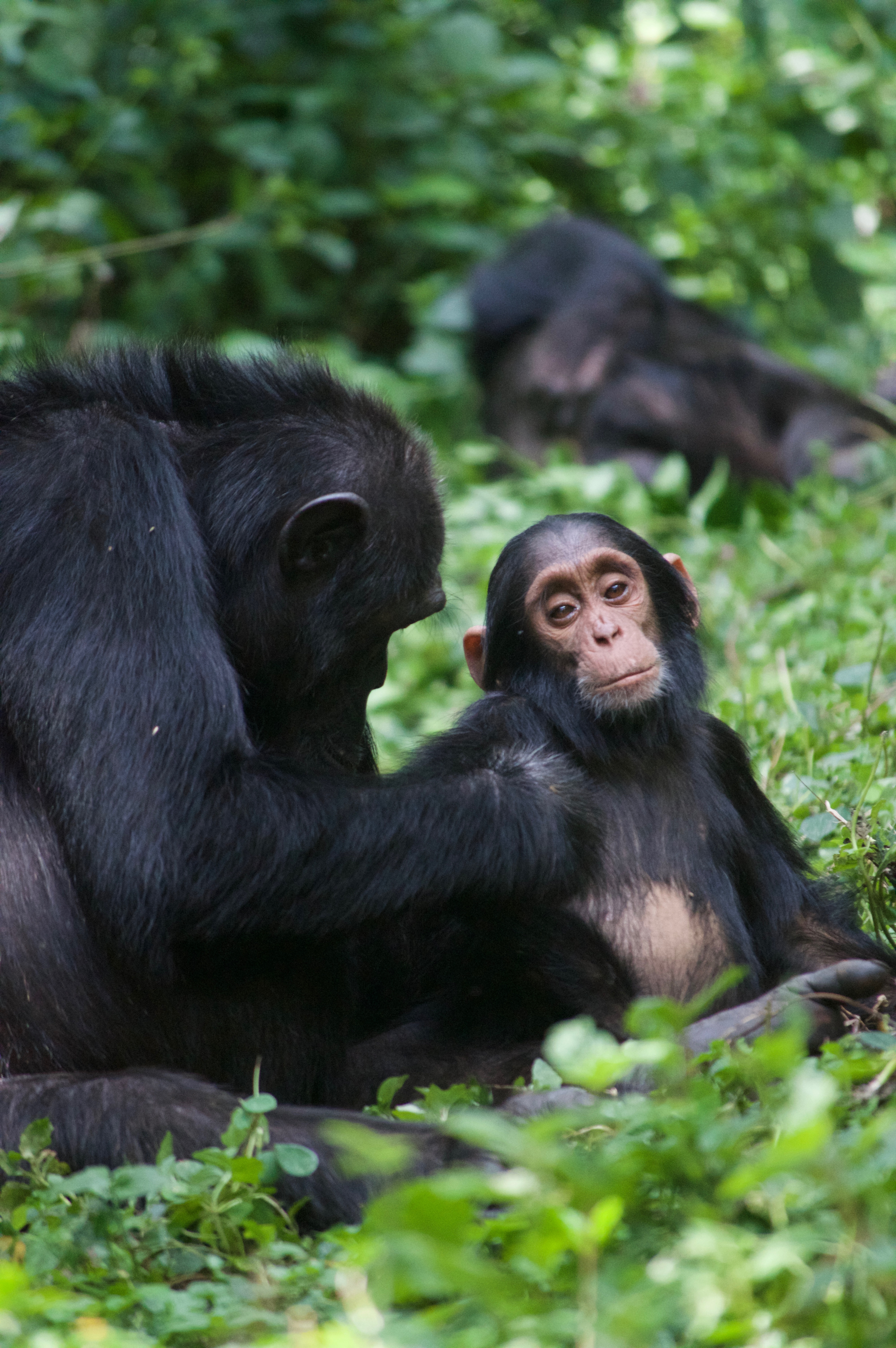
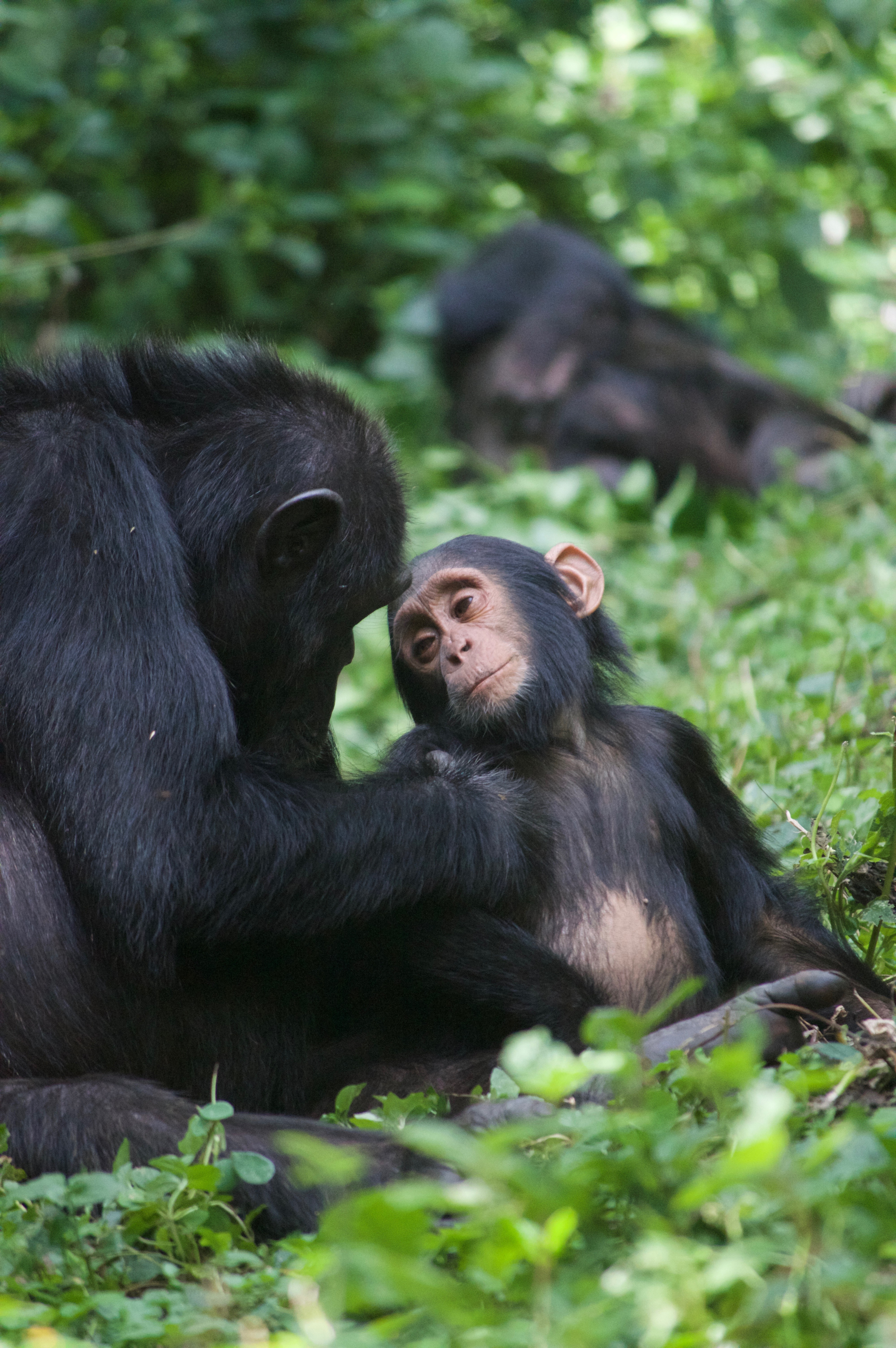
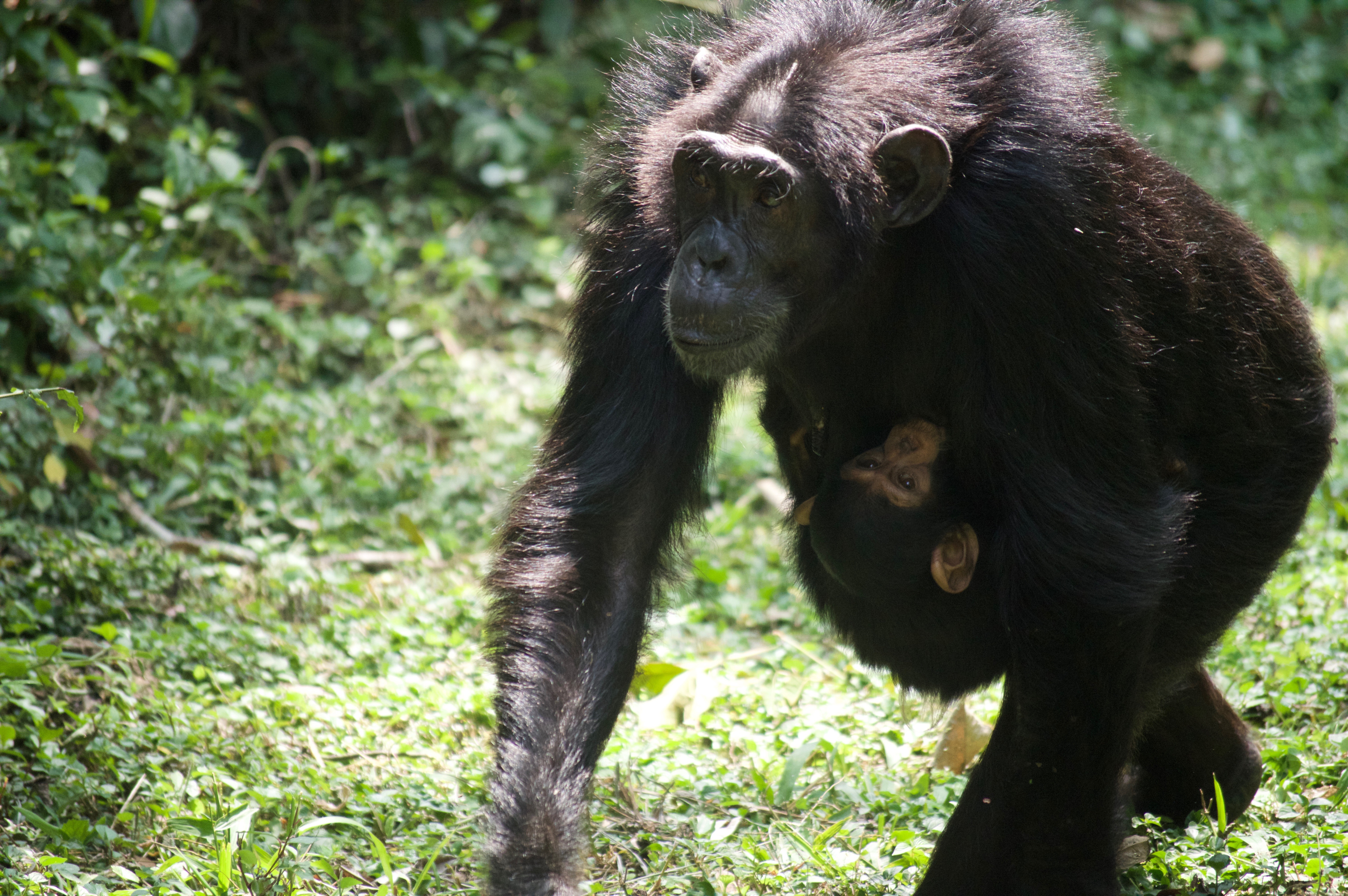
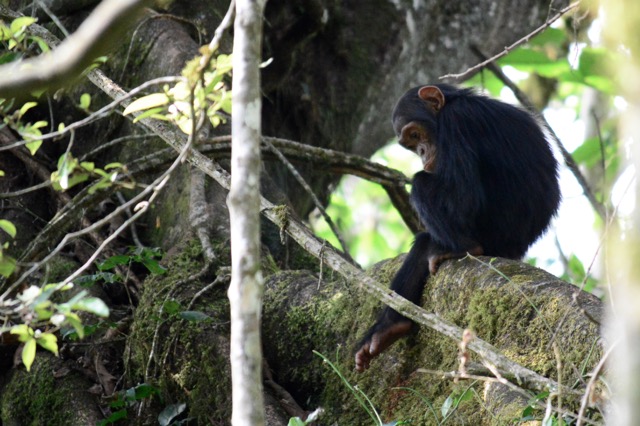
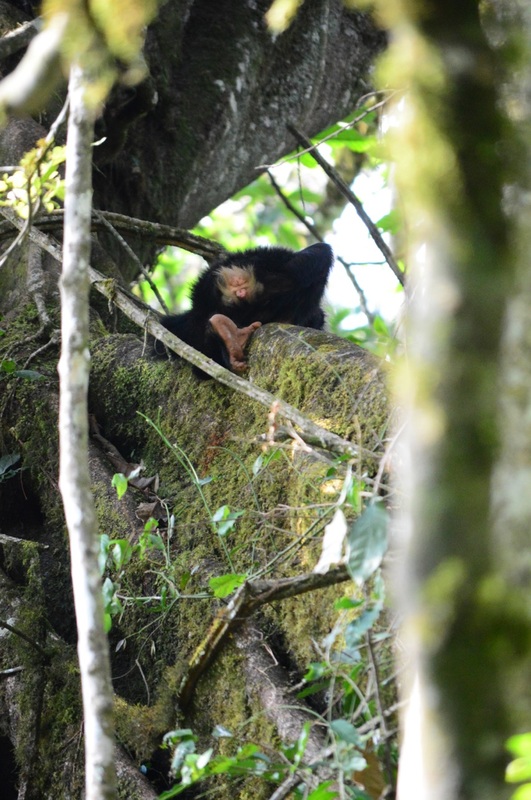
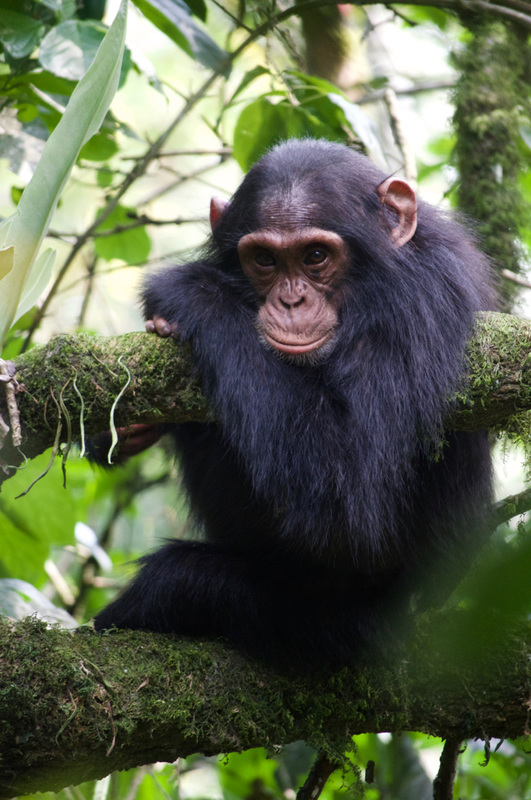
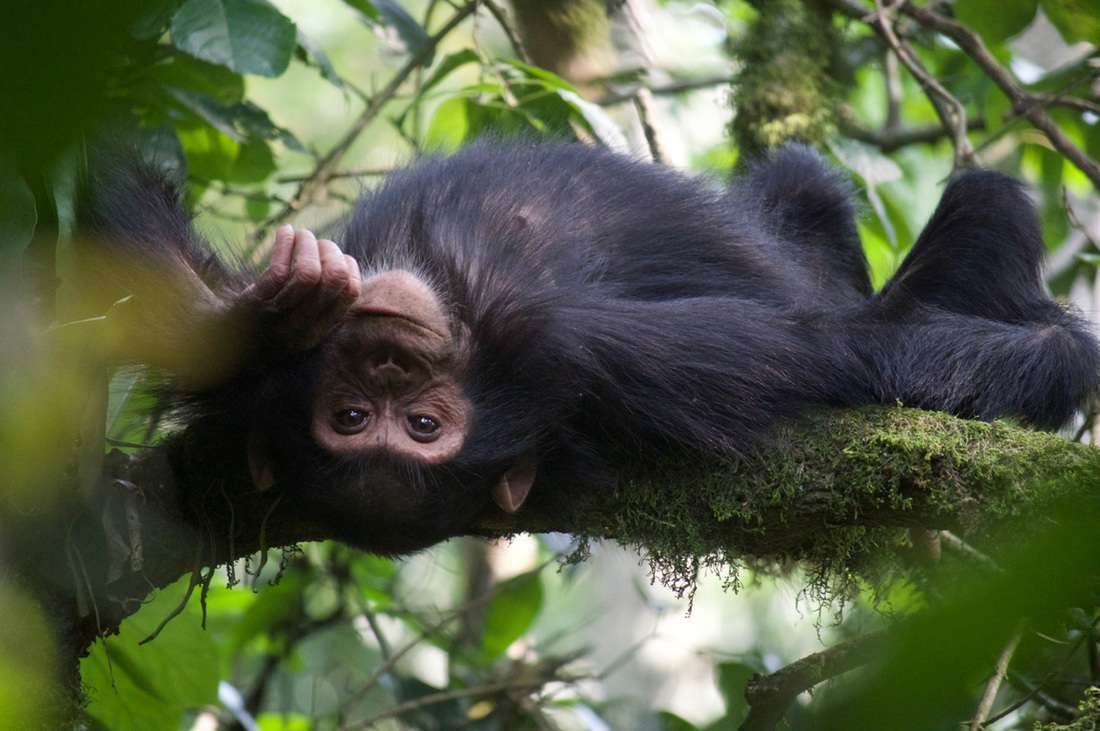
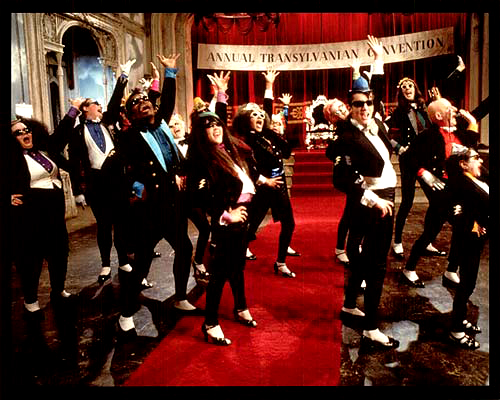
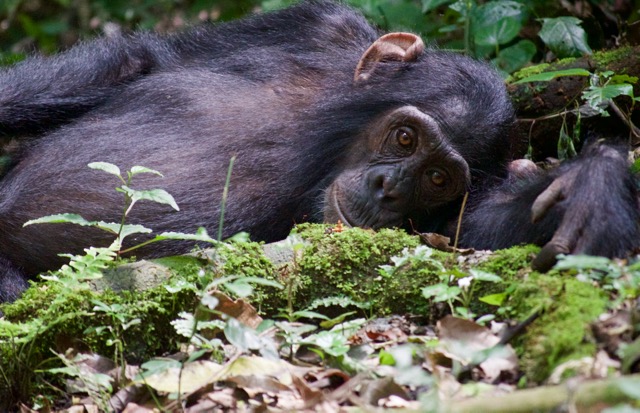
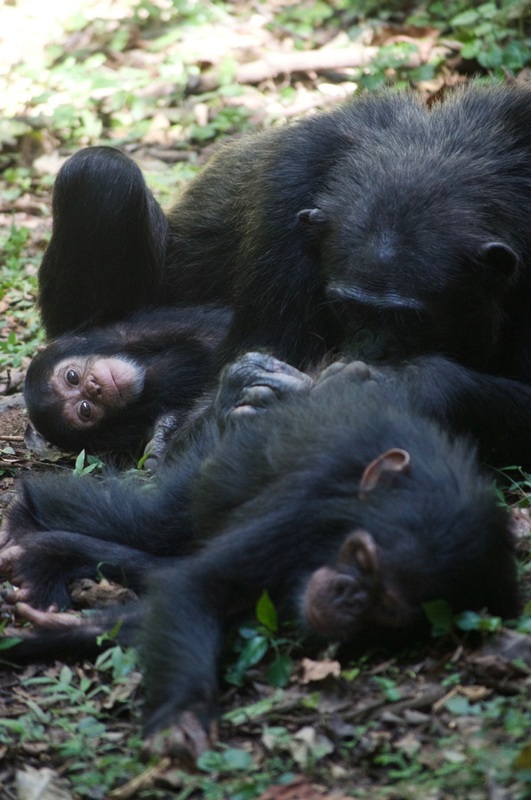
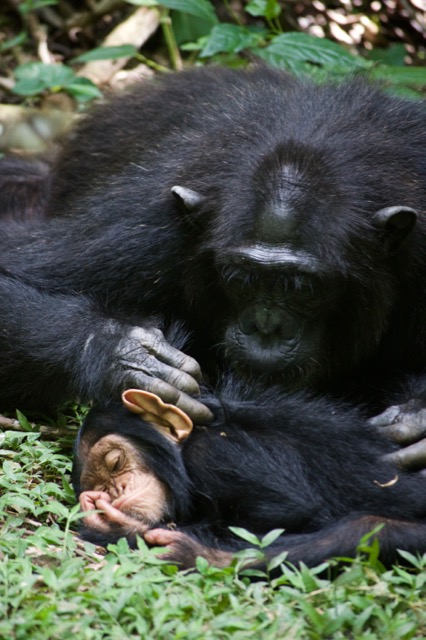
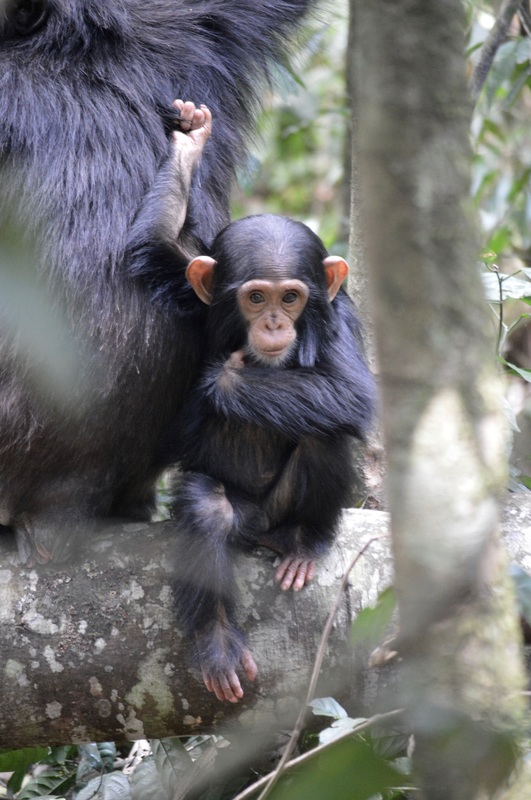
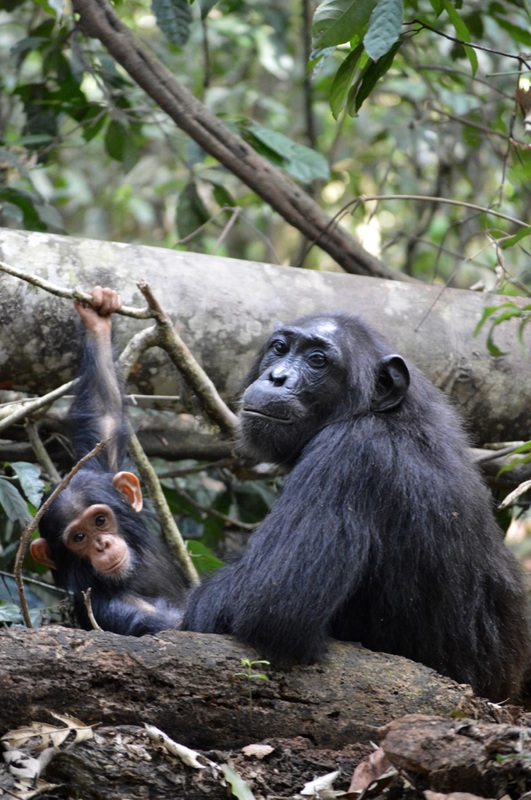
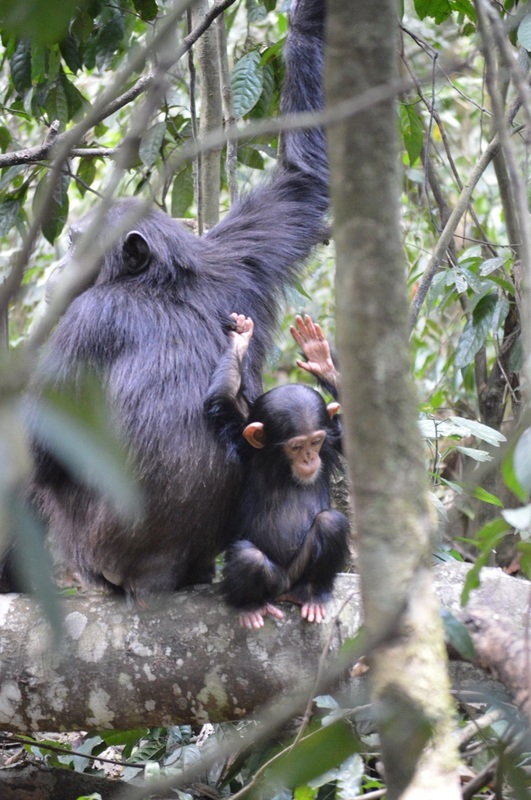
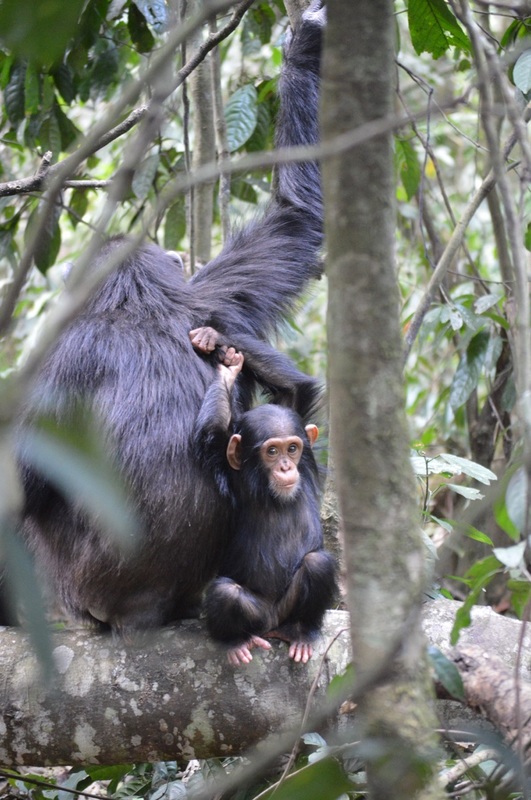
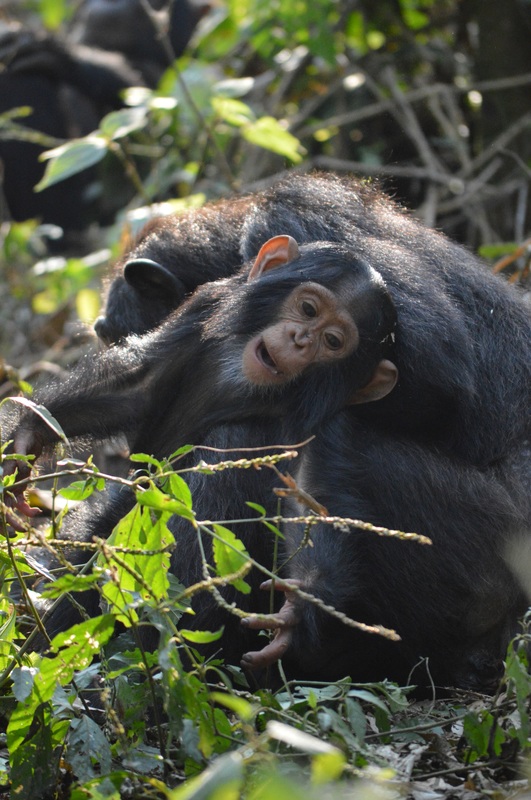
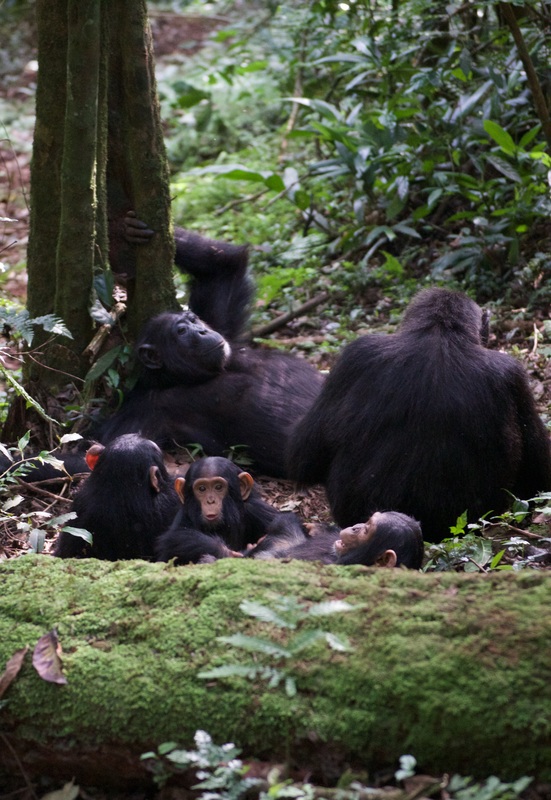
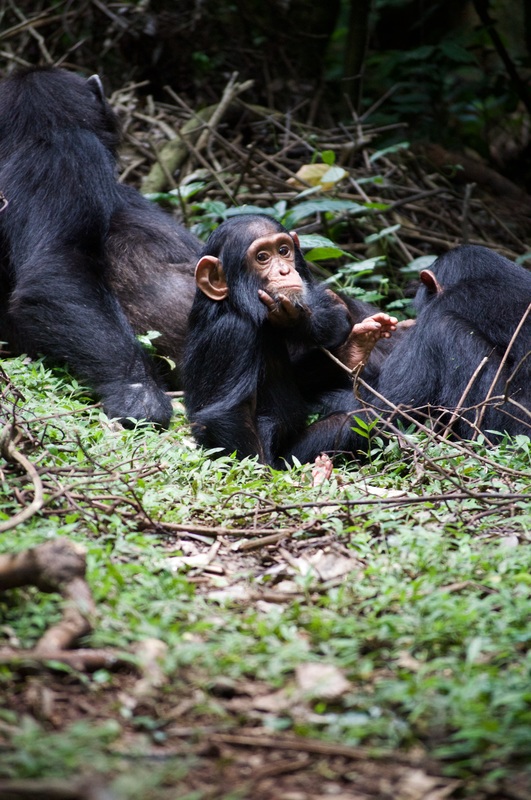

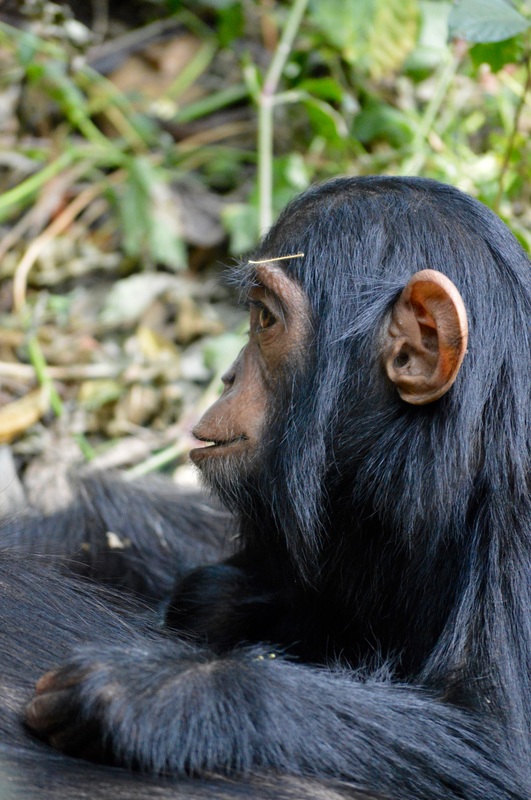
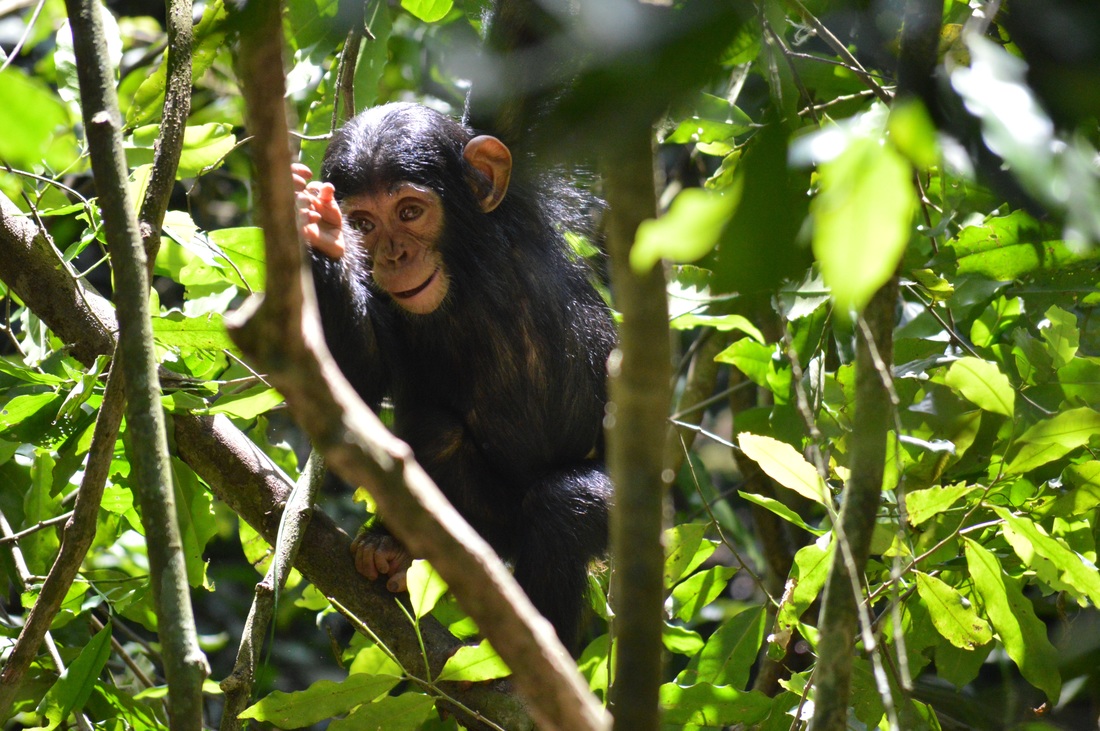
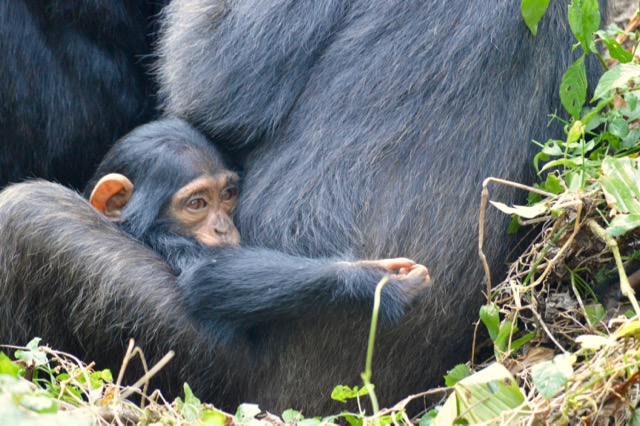
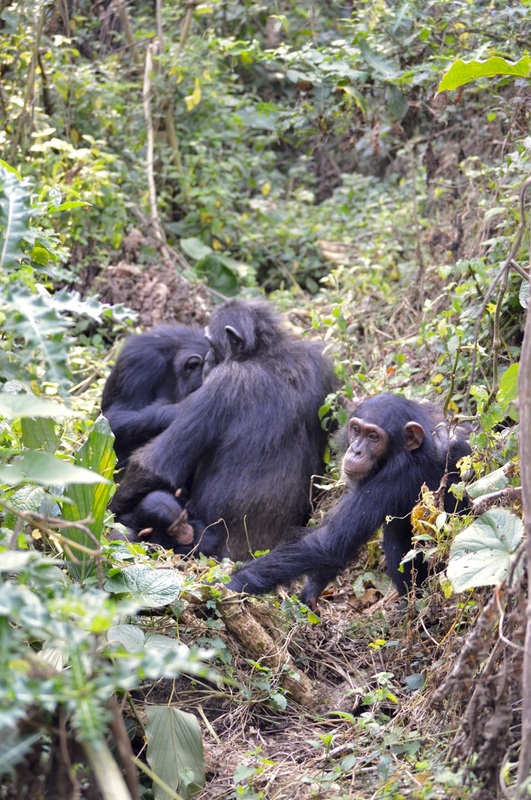
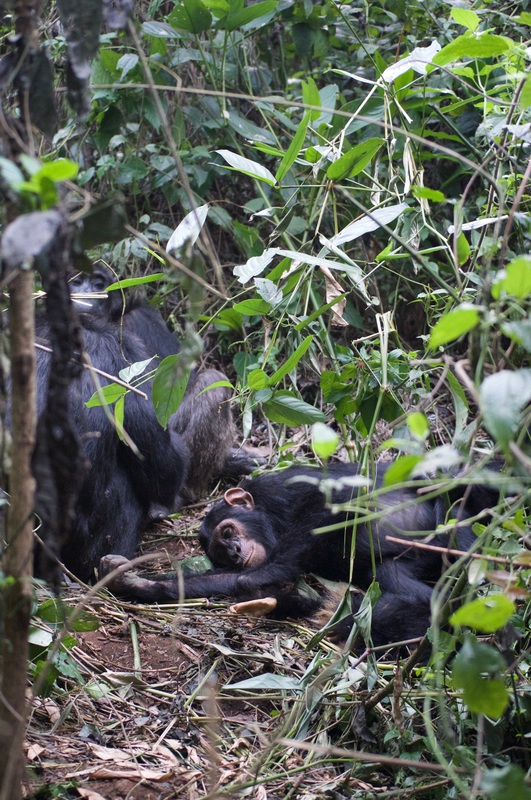
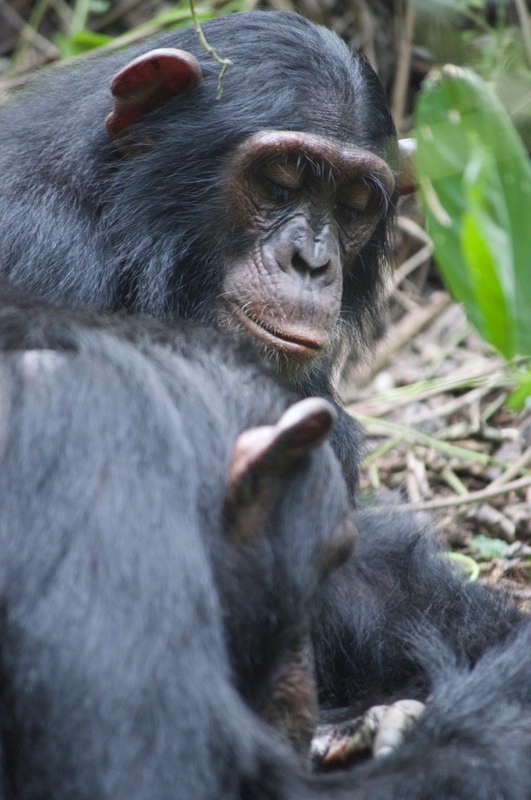
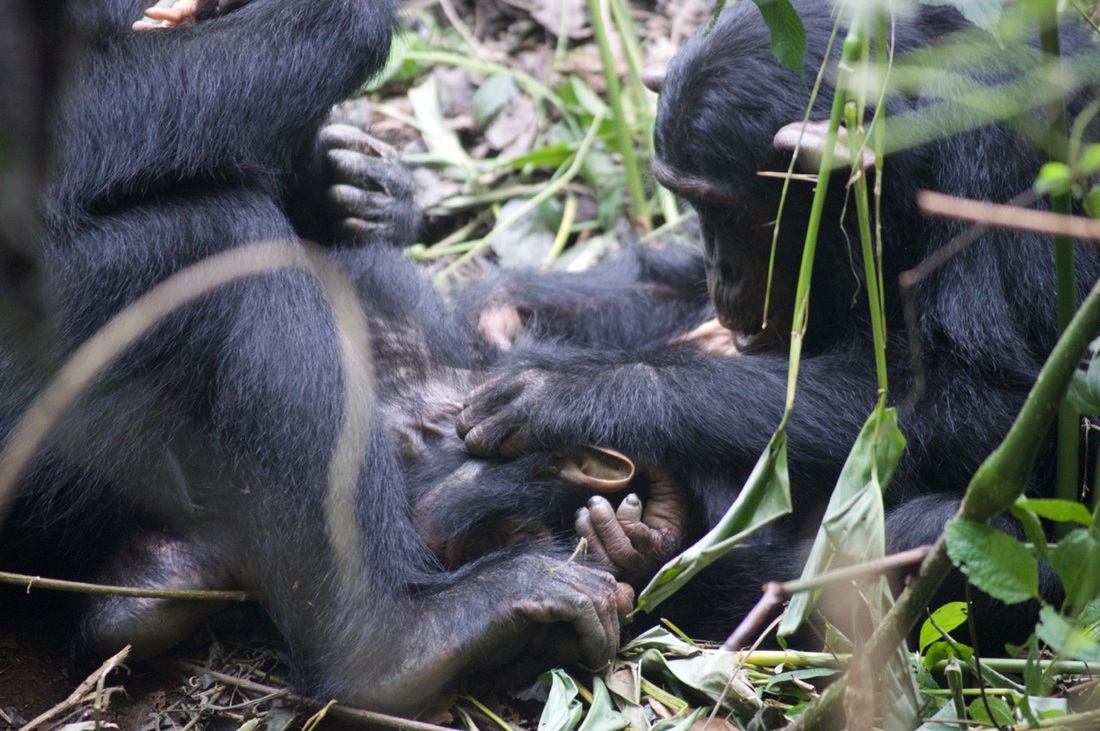
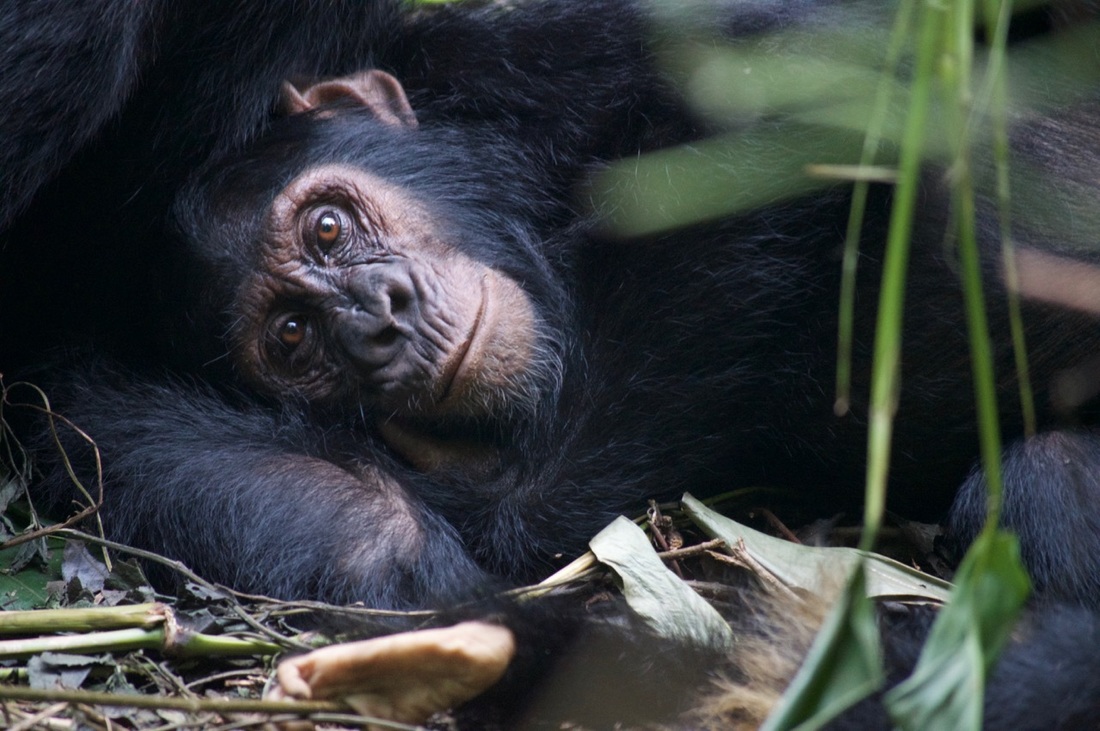
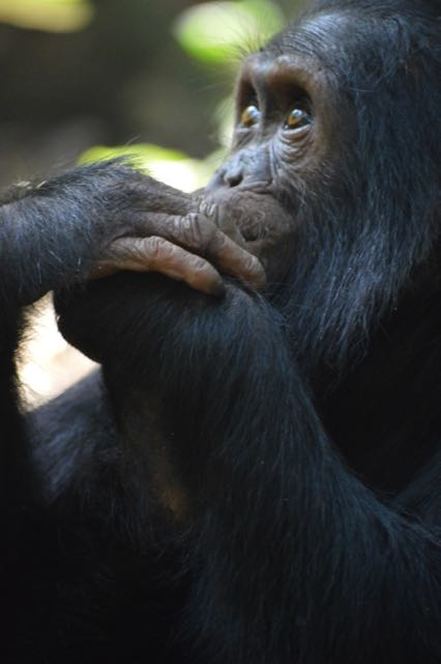
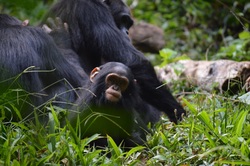
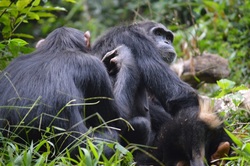
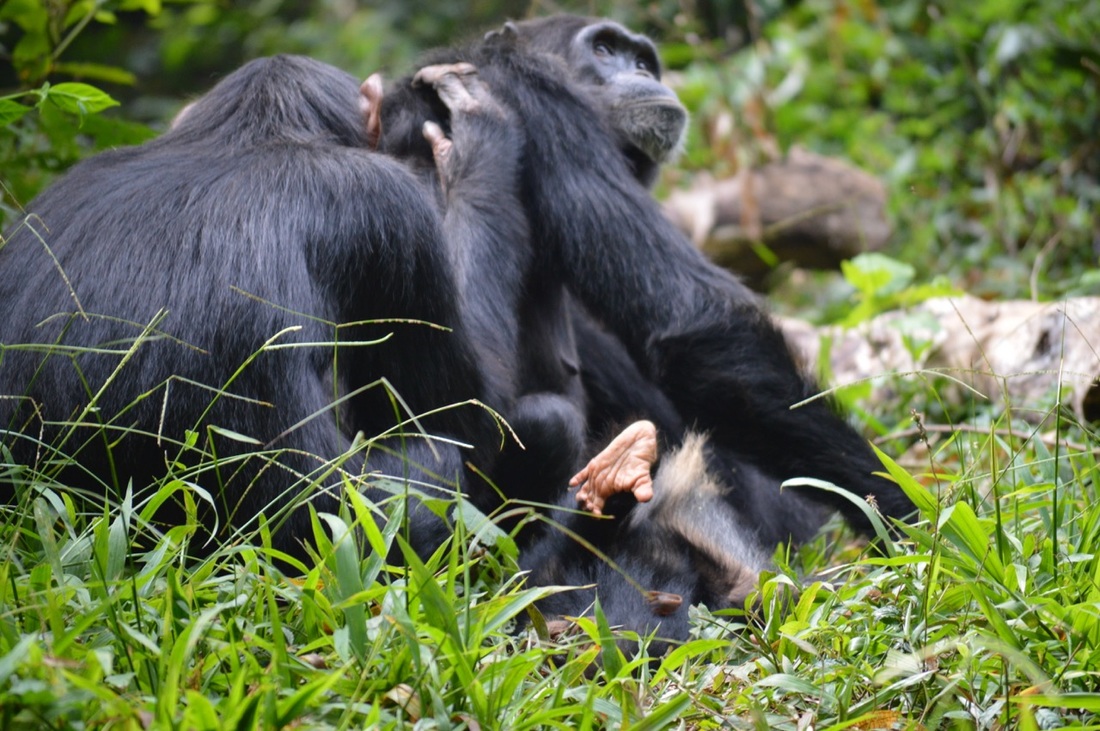

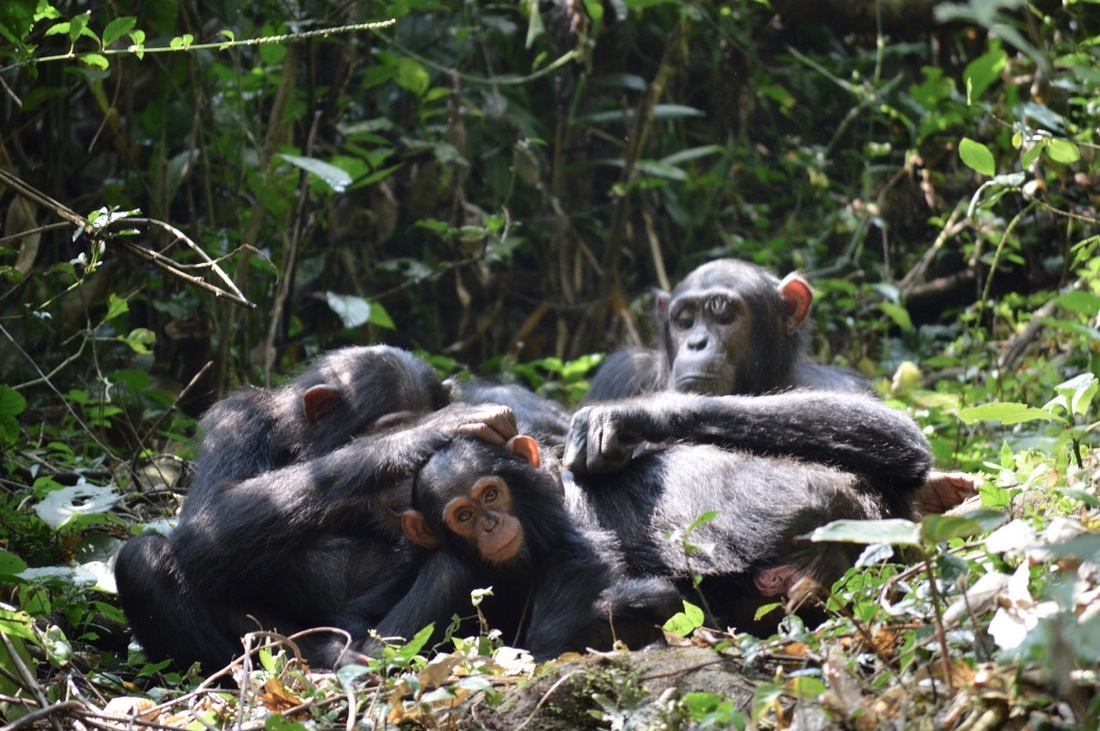
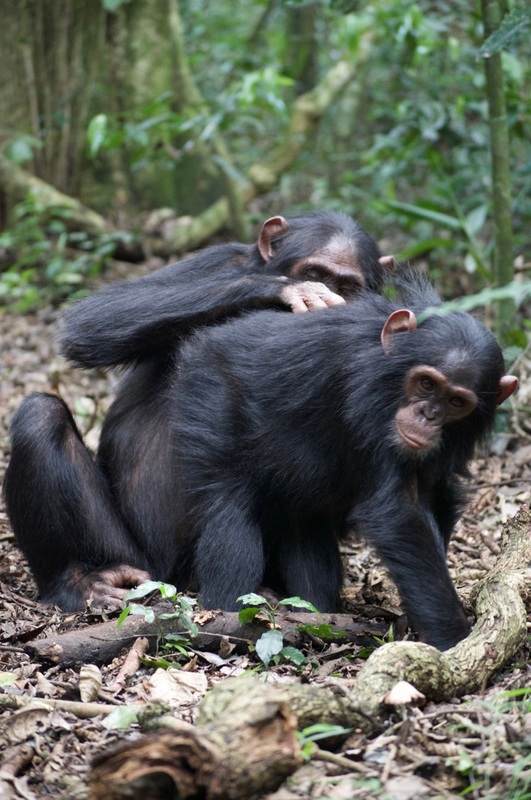
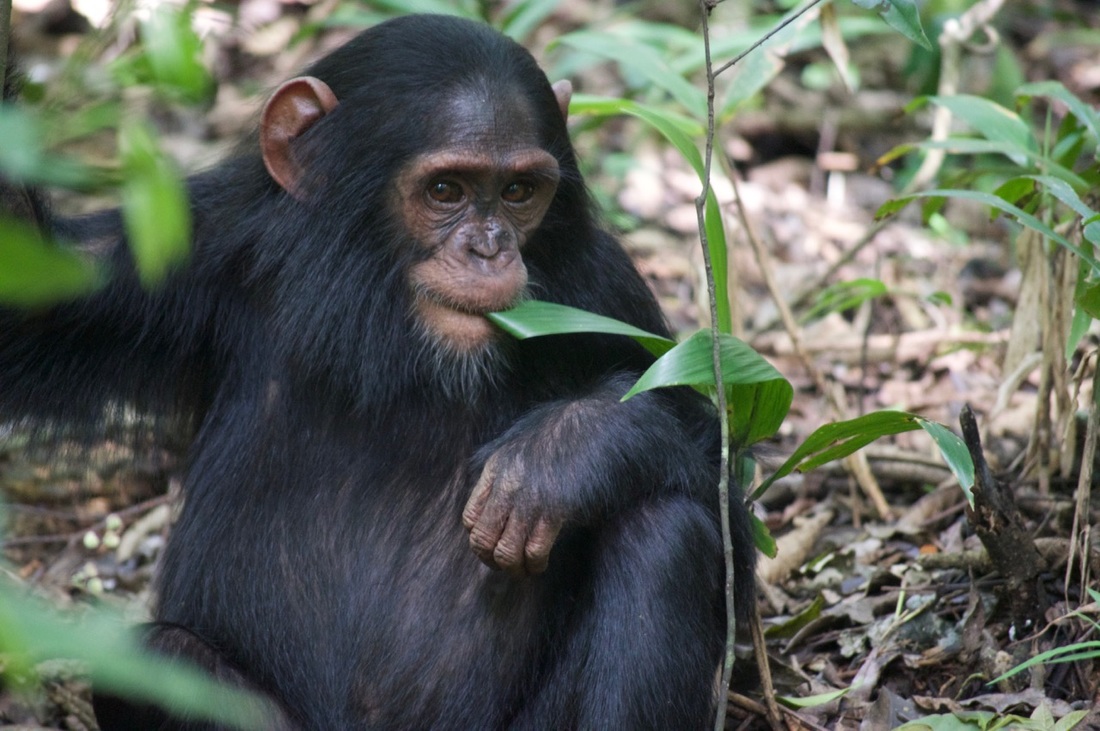

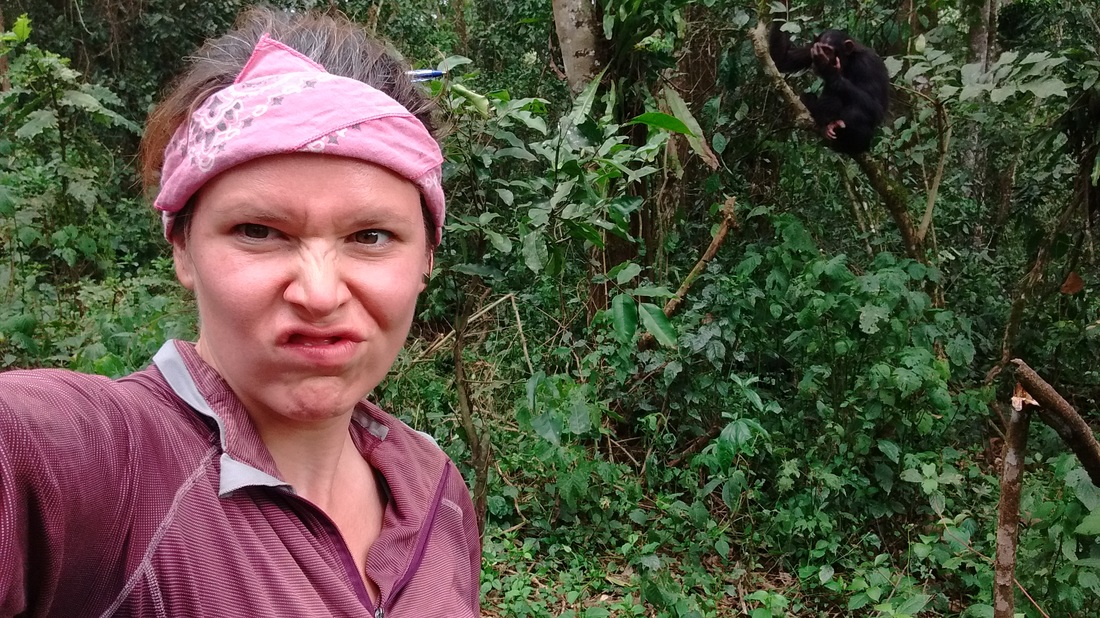
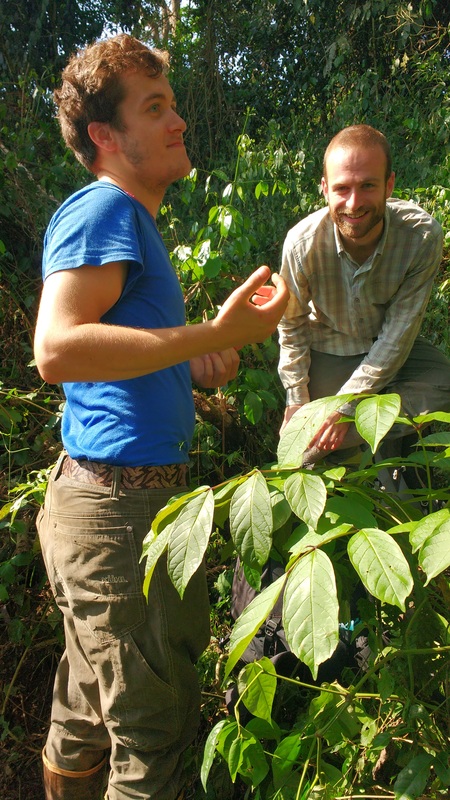
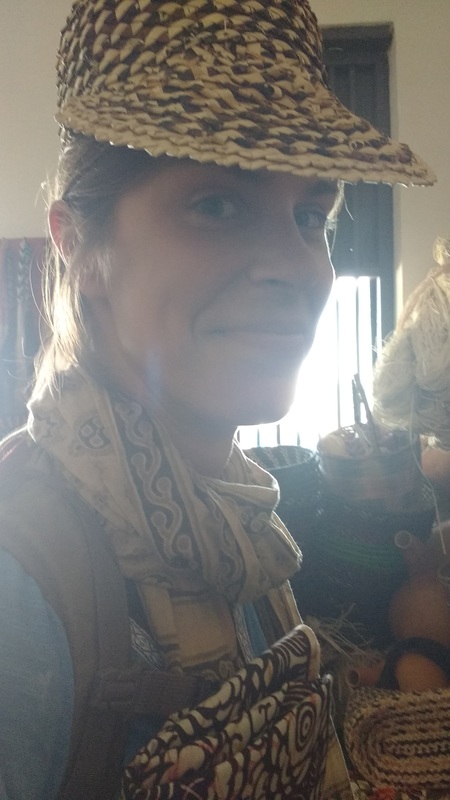
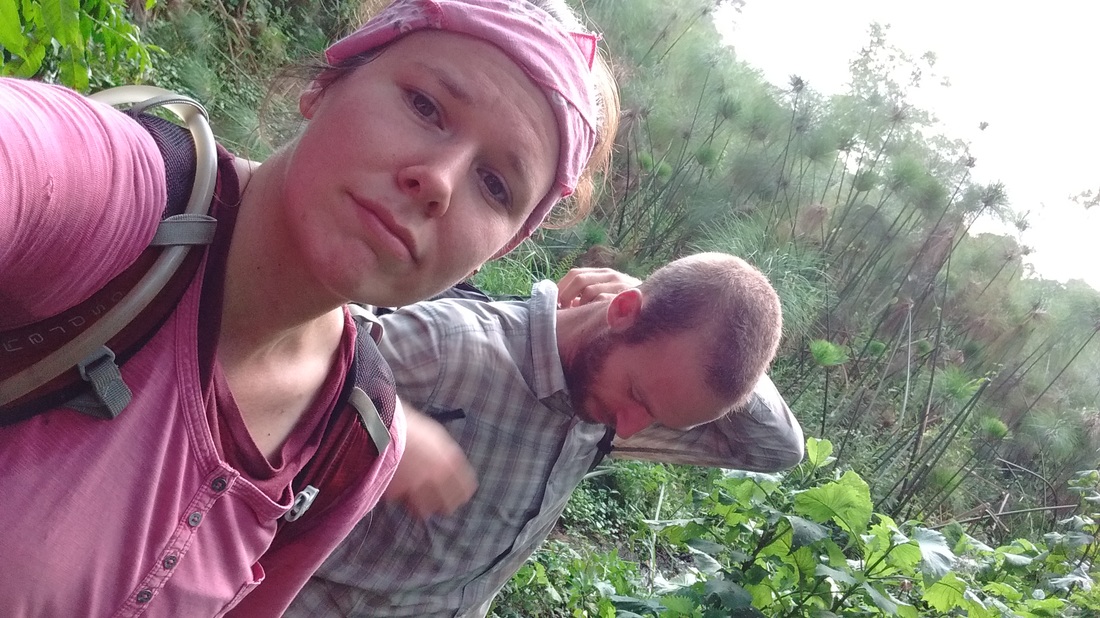

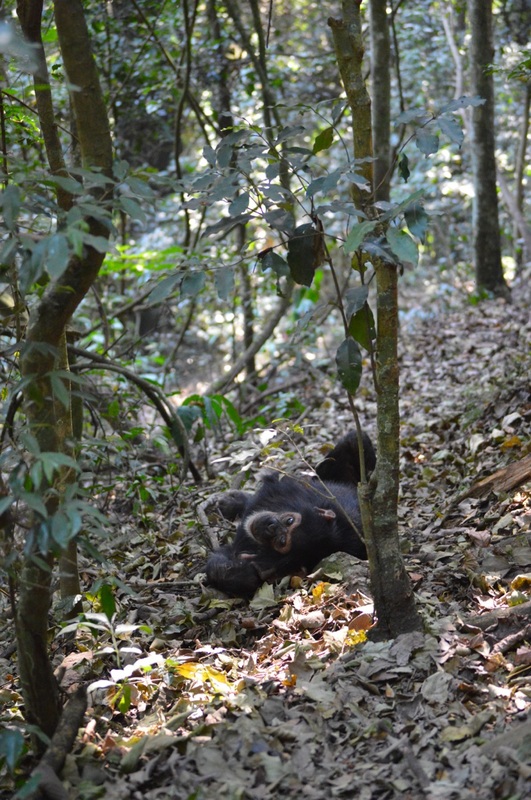
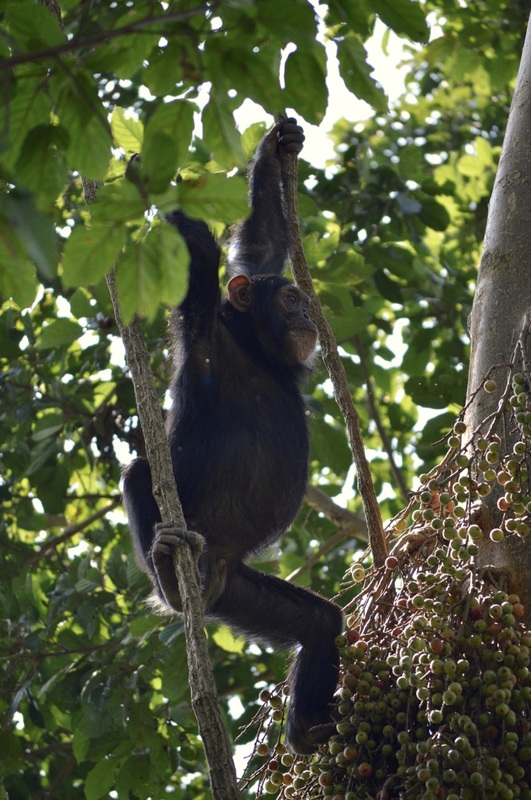
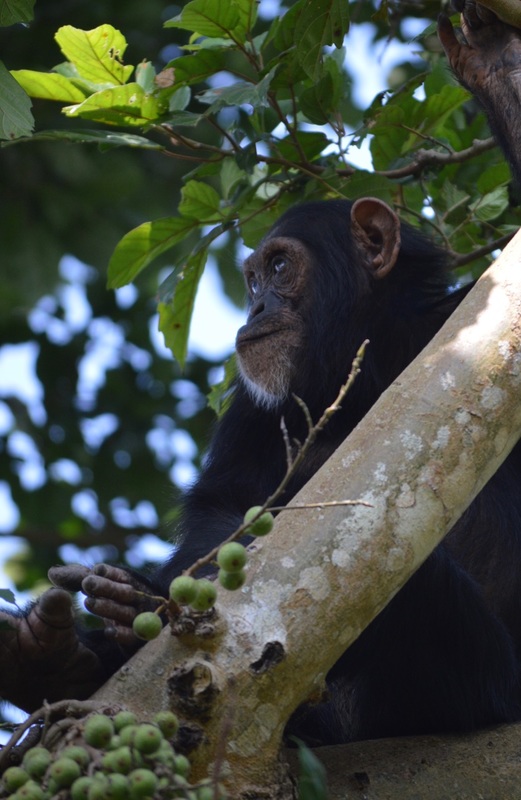
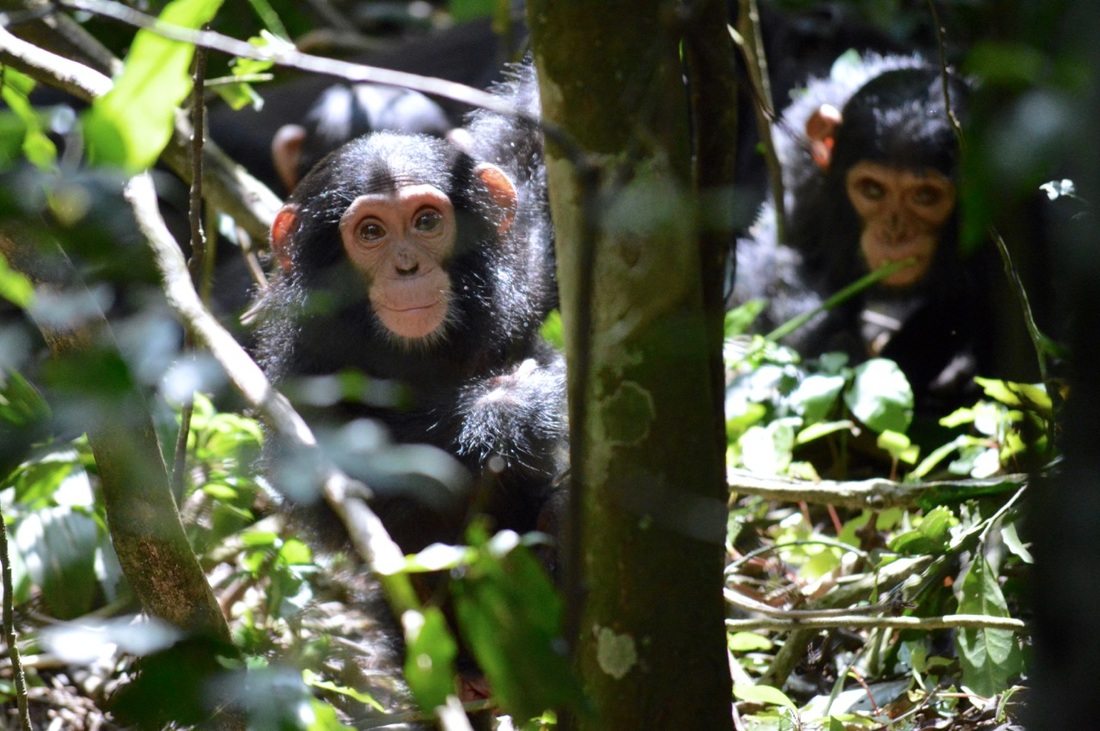

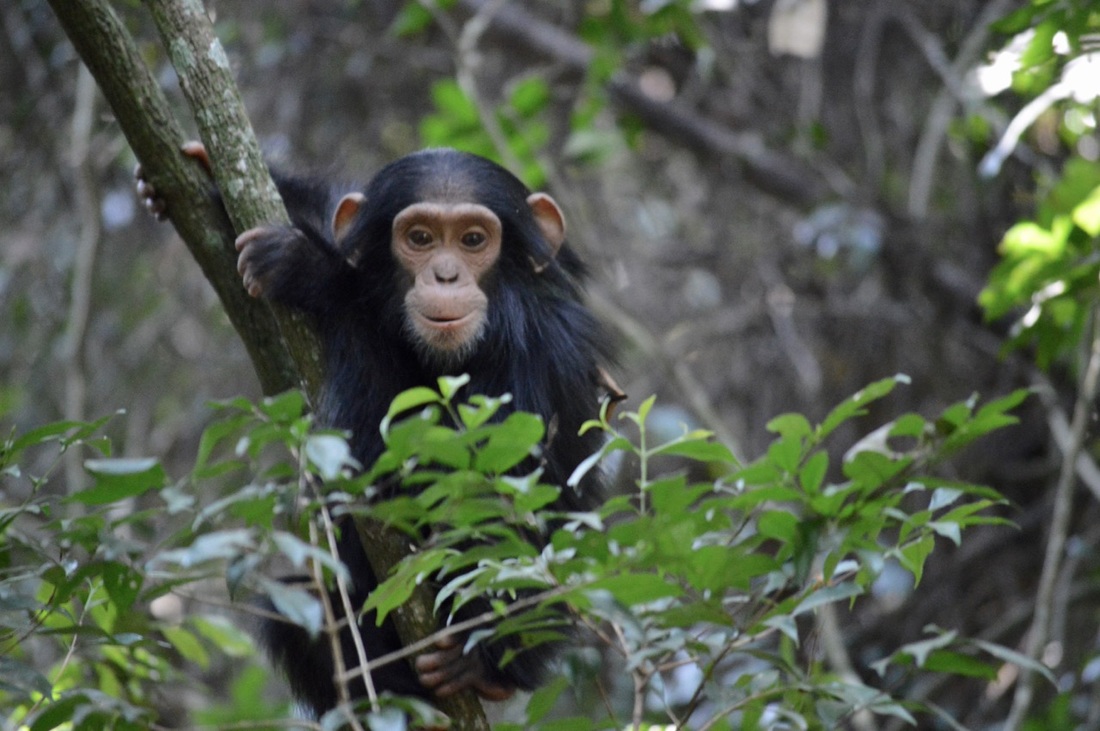
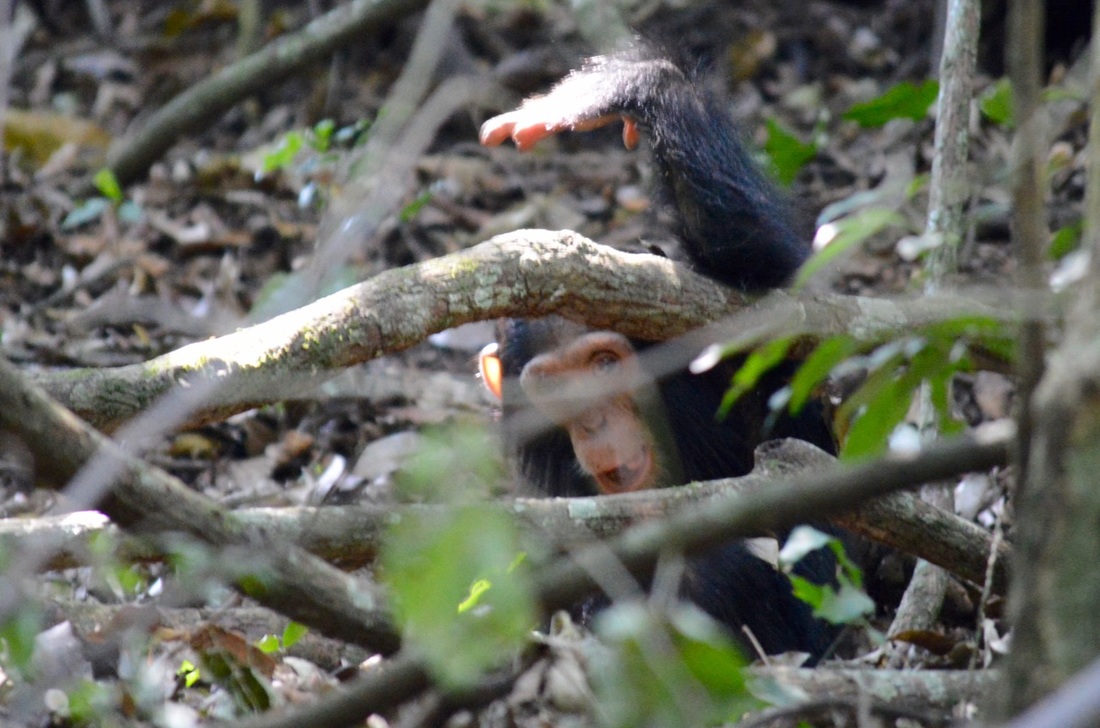
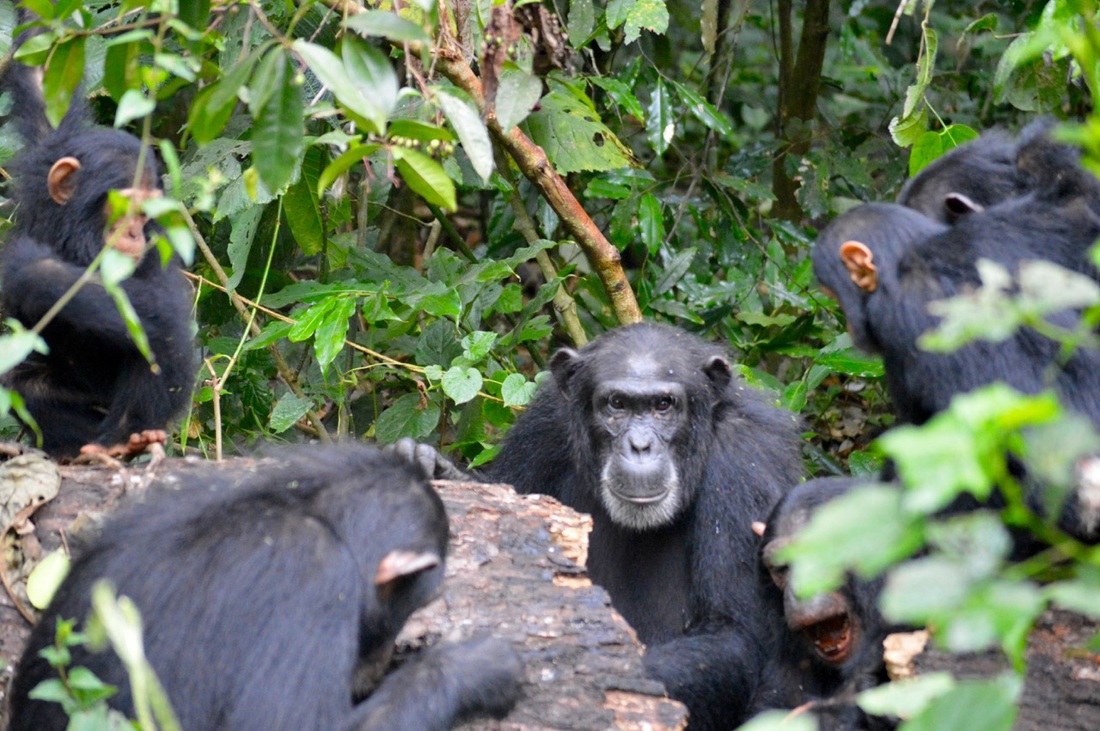
 RSS Feed
RSS Feed
